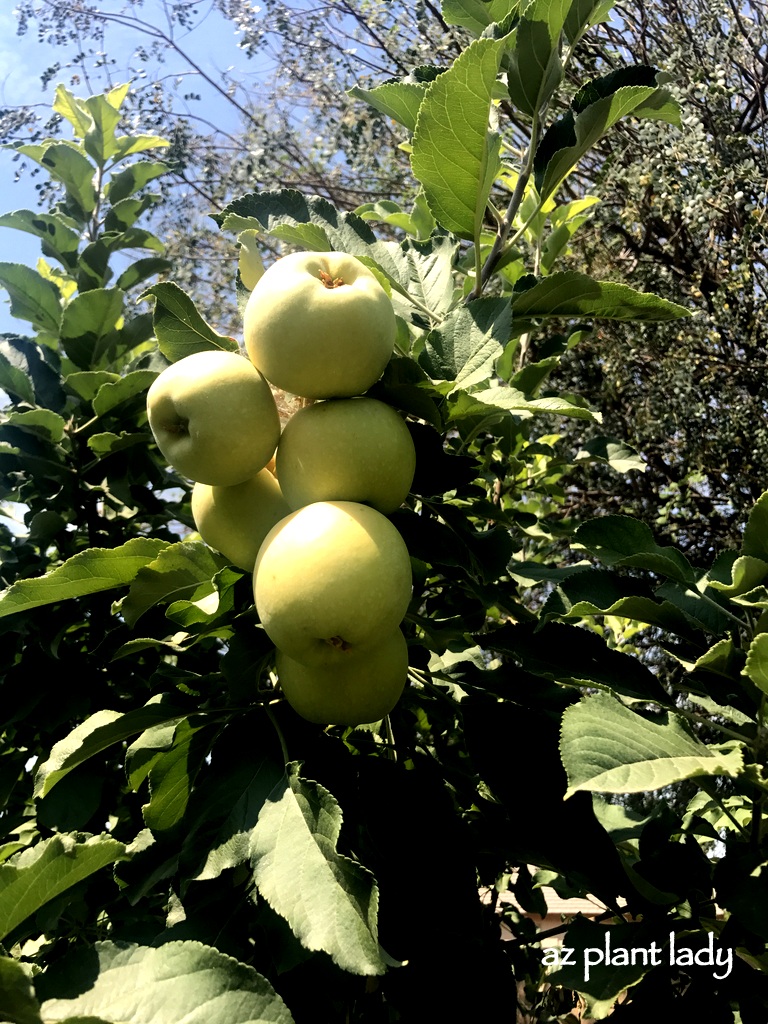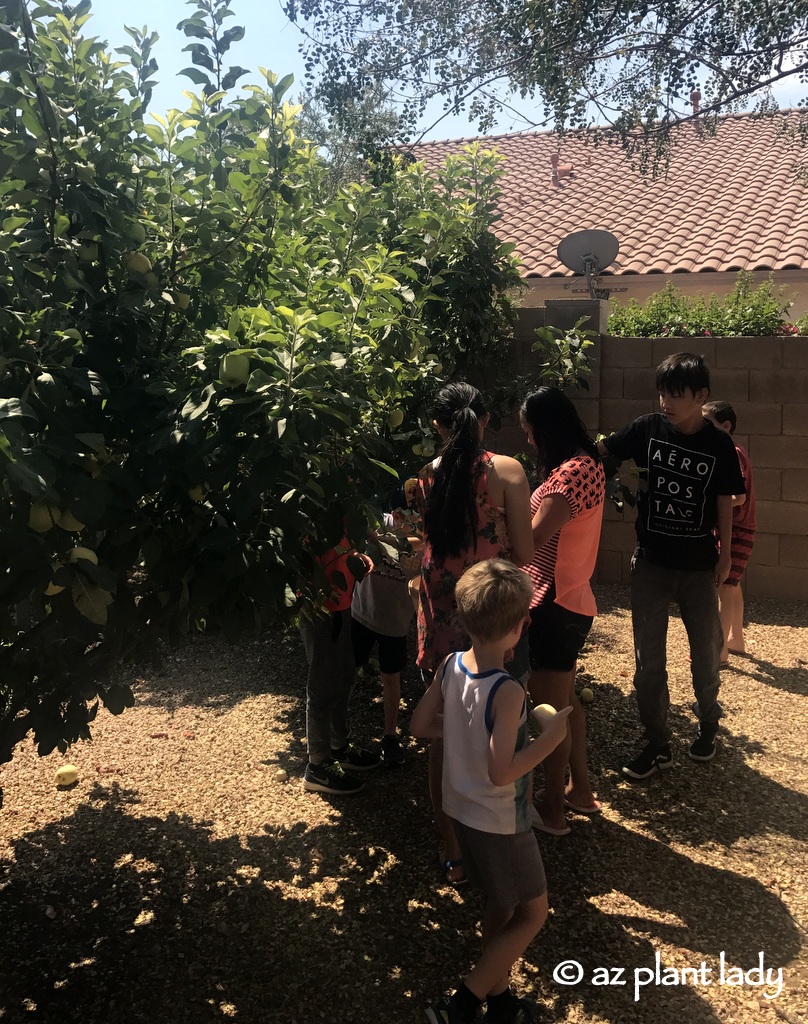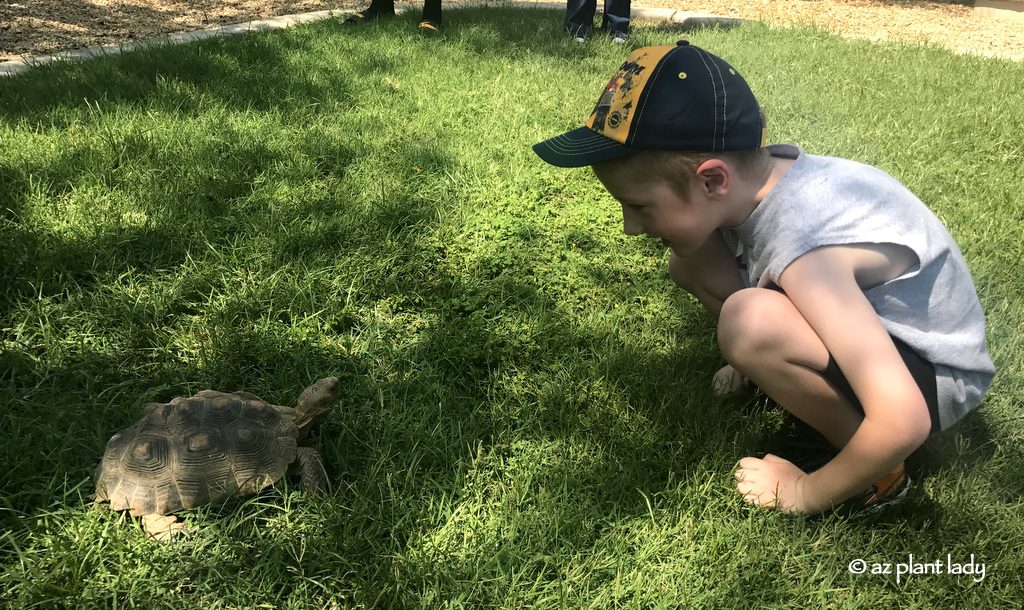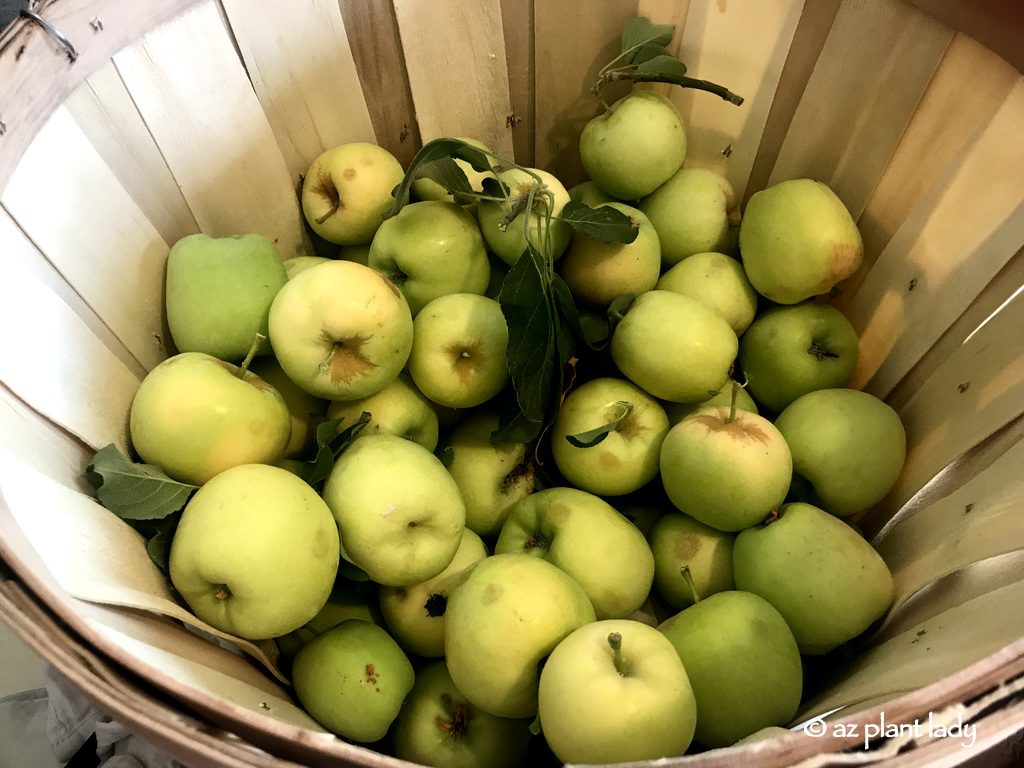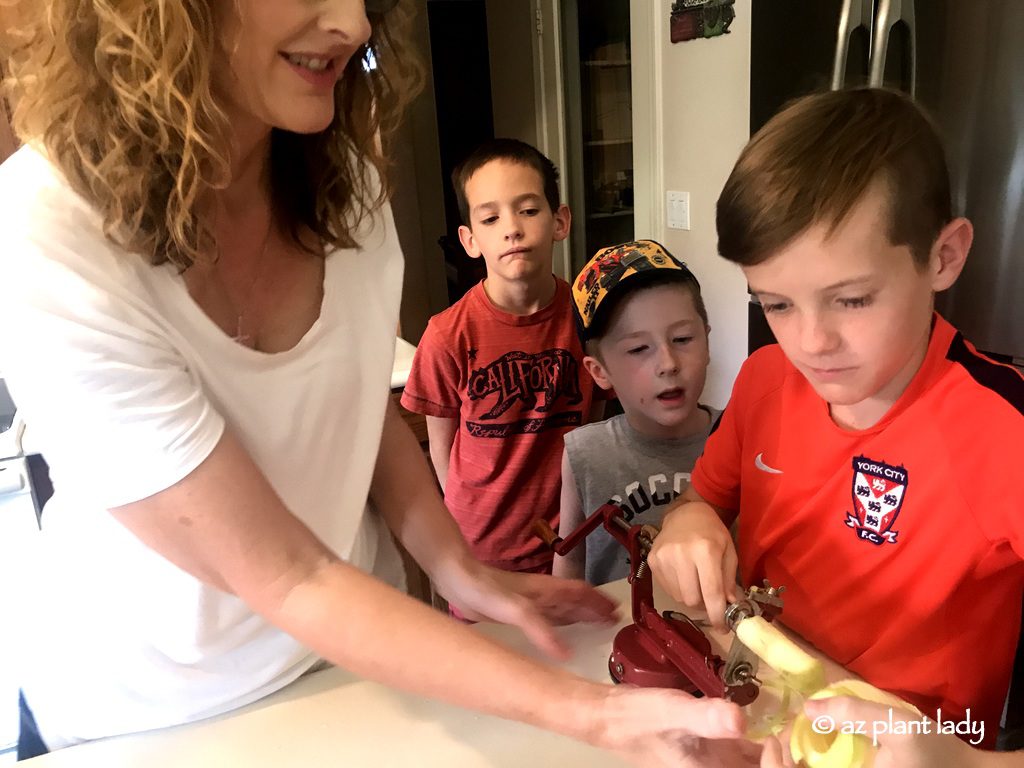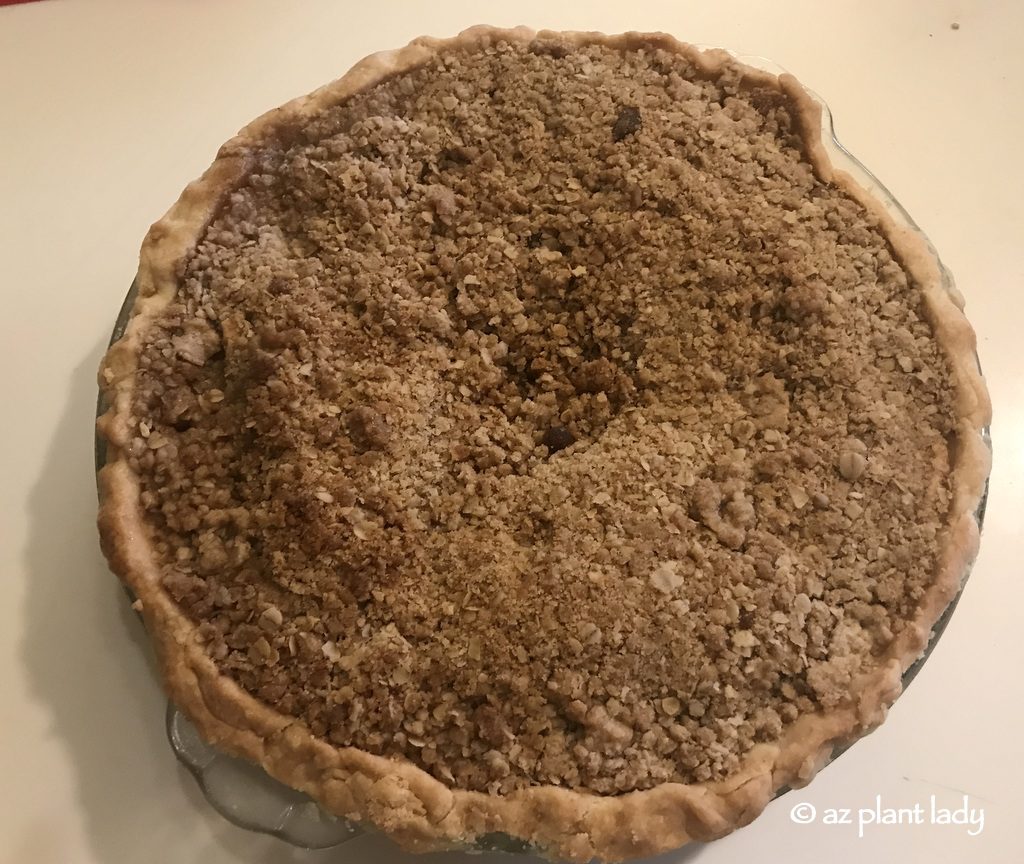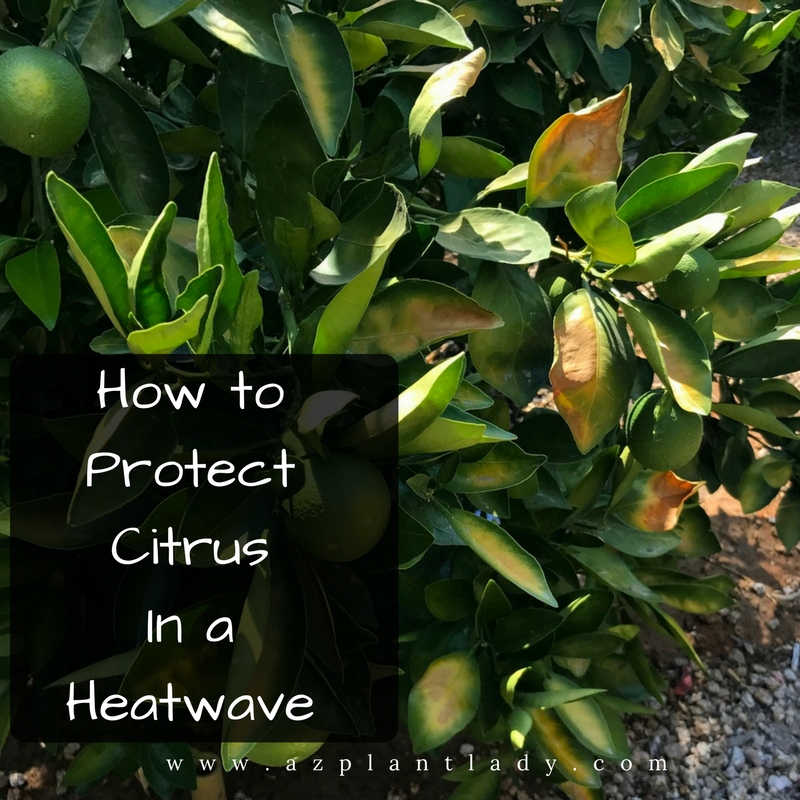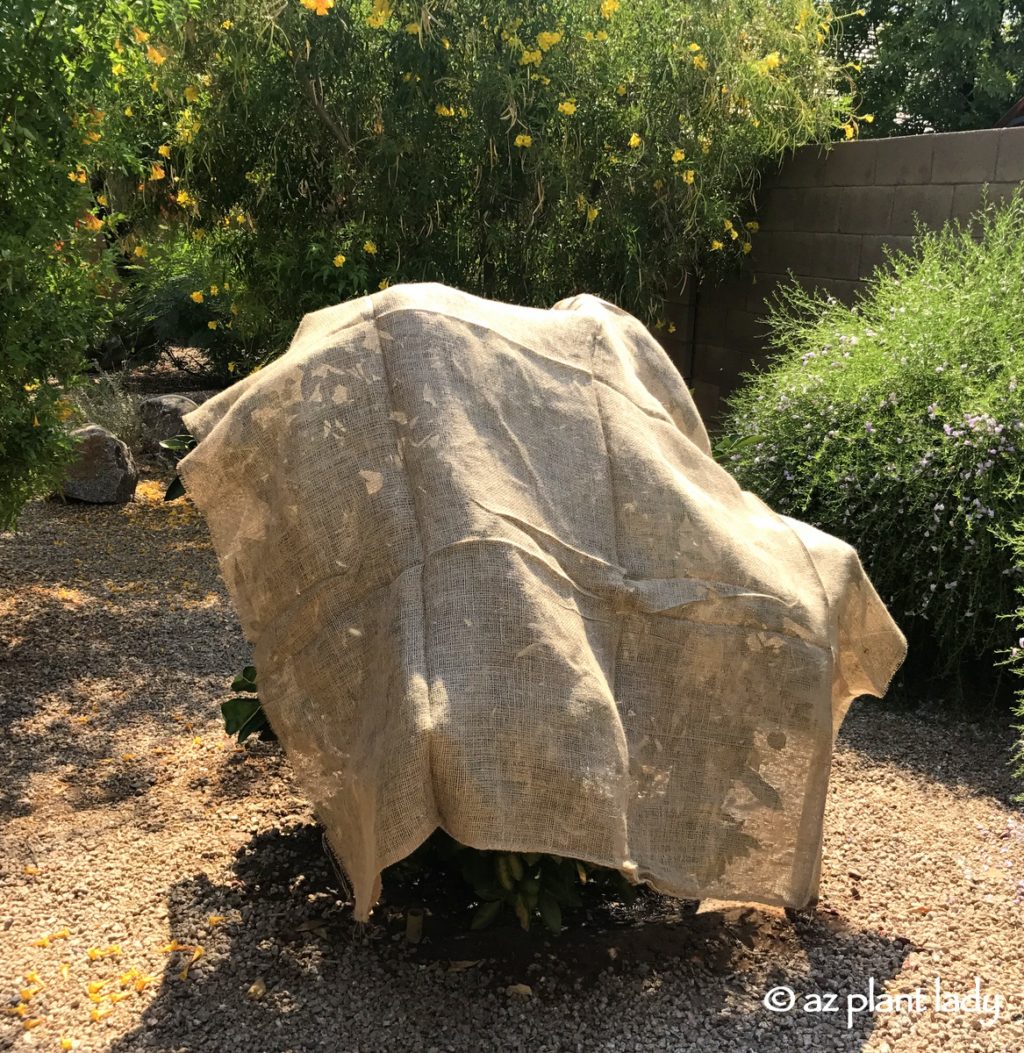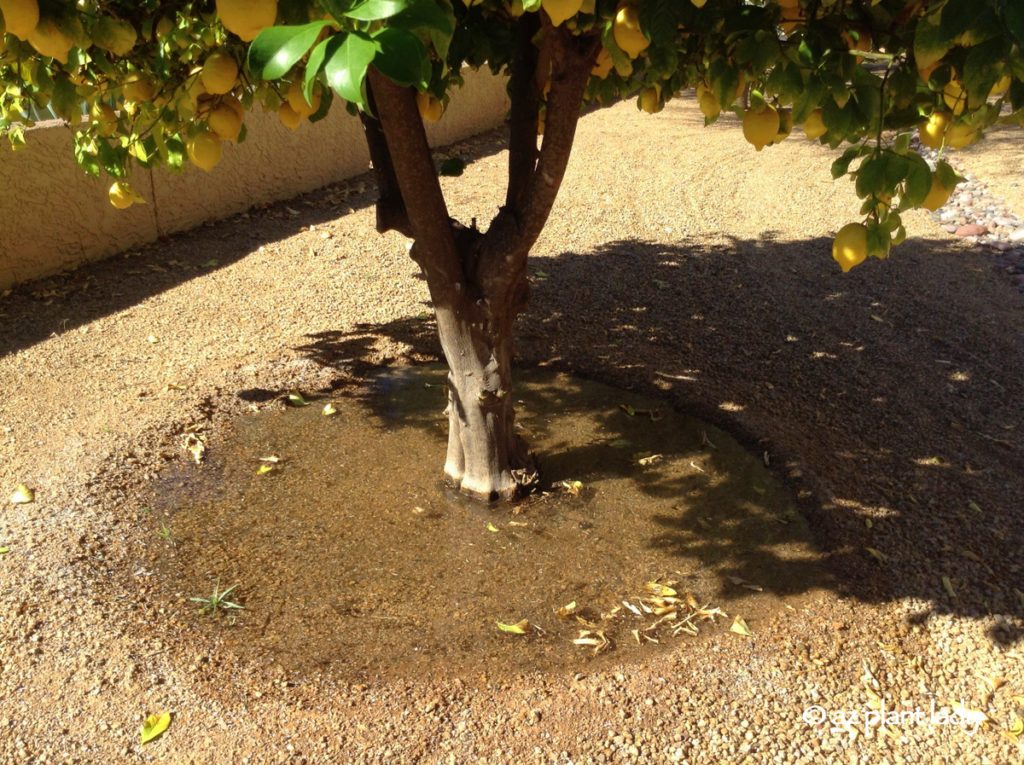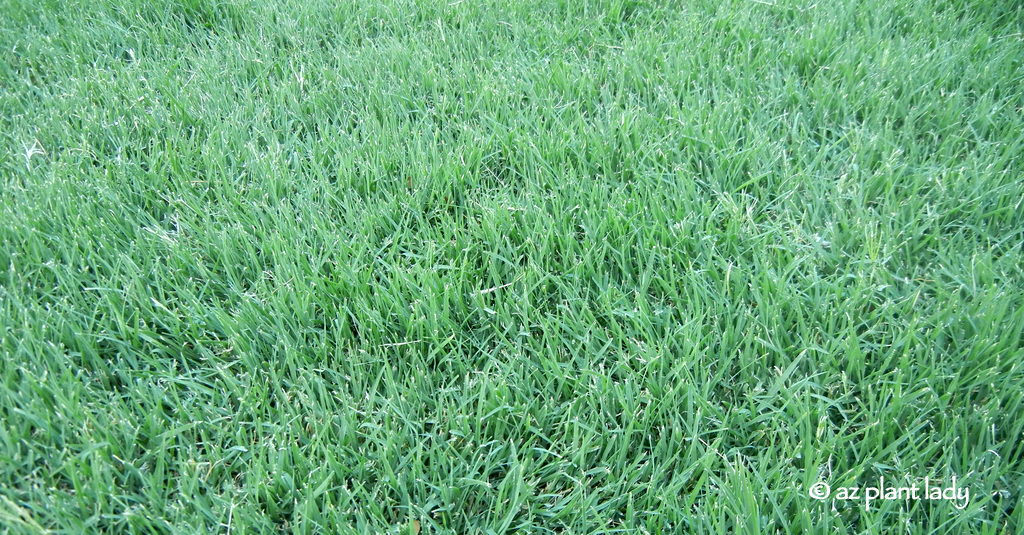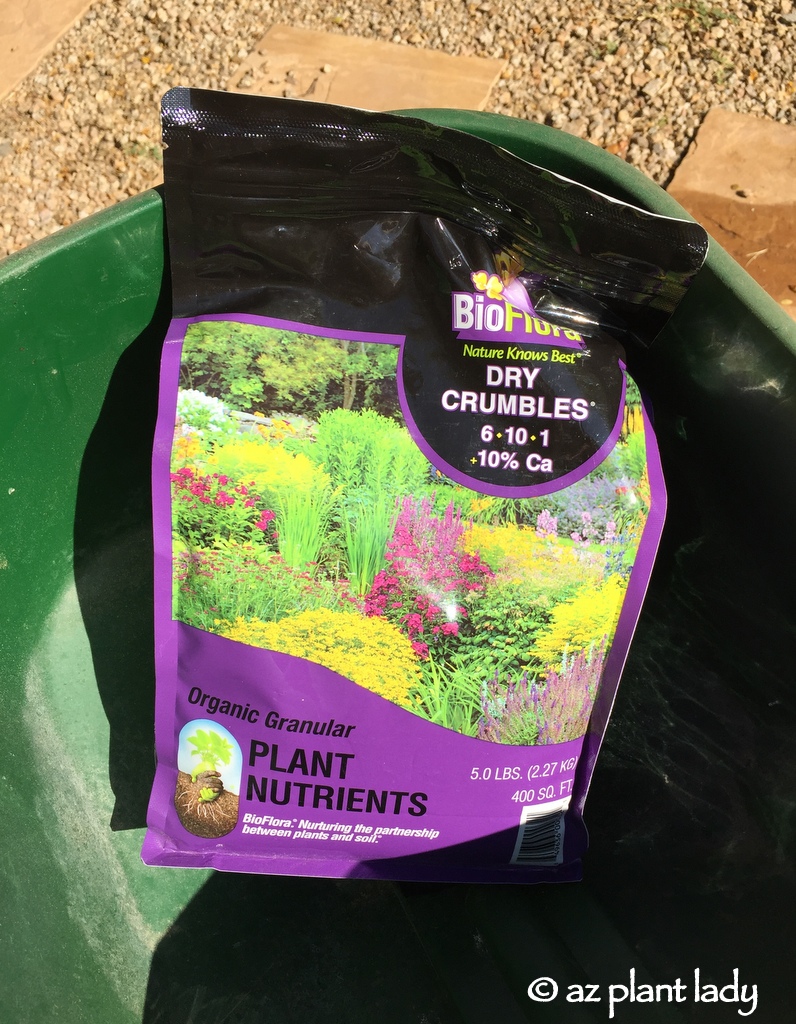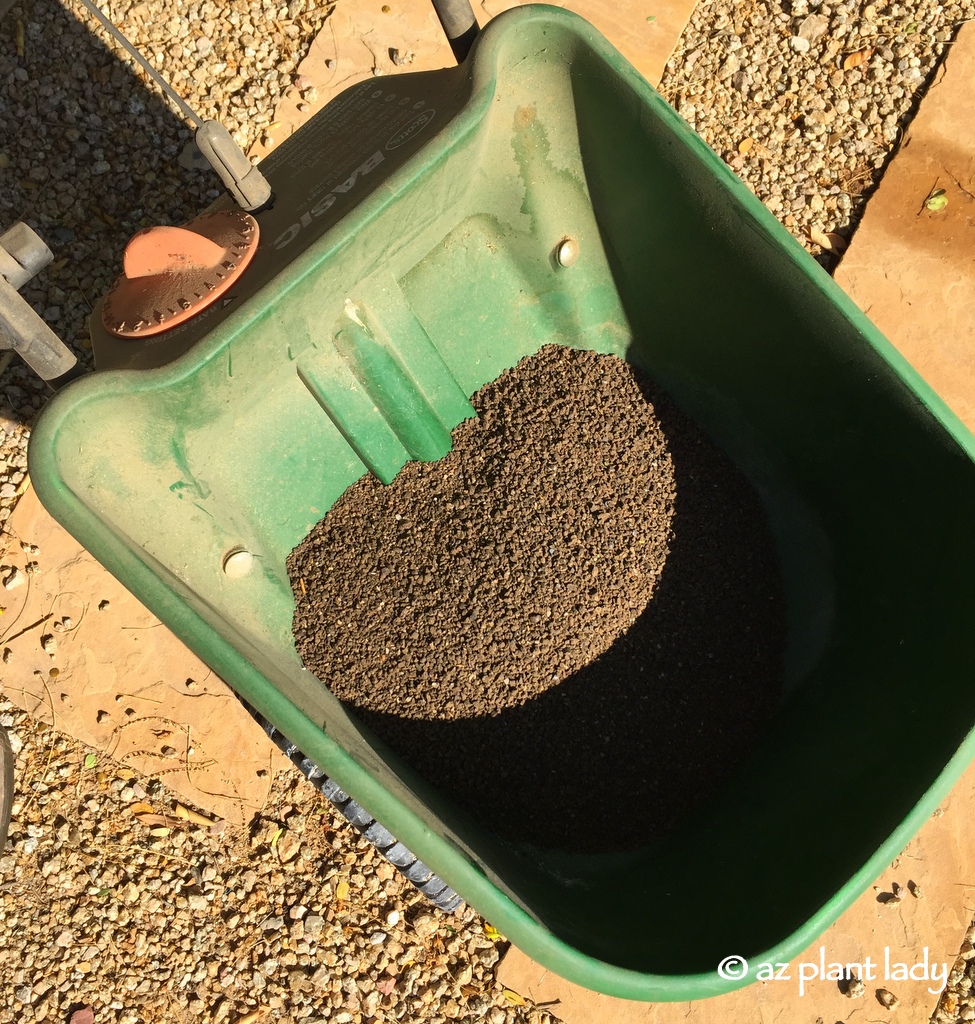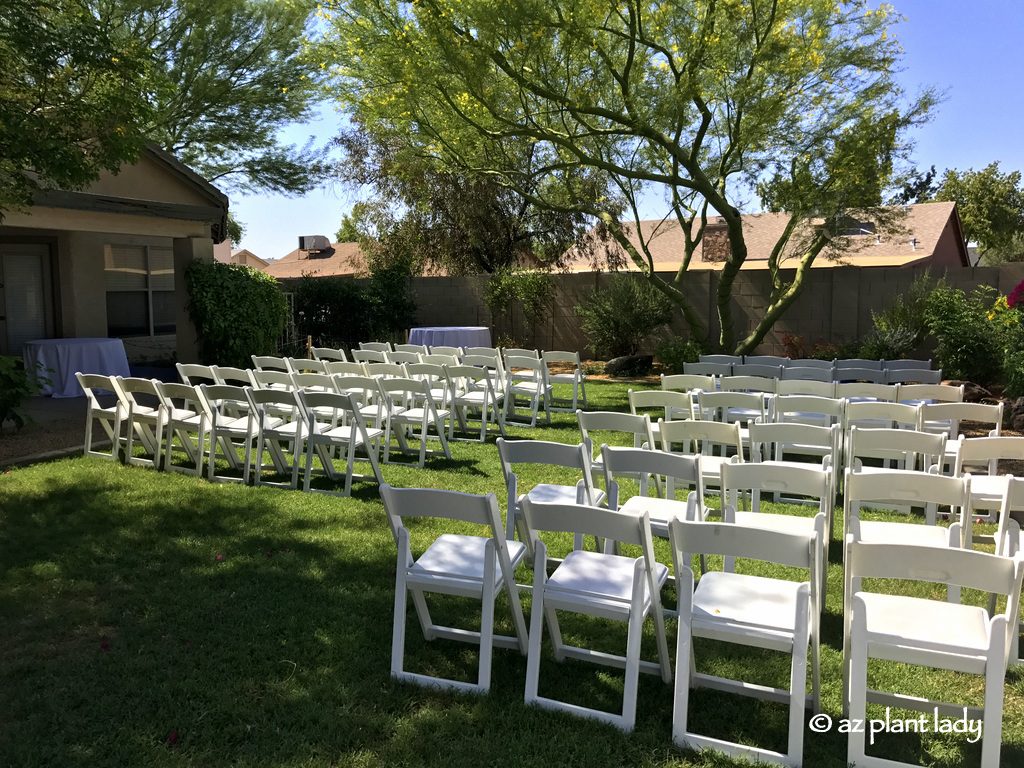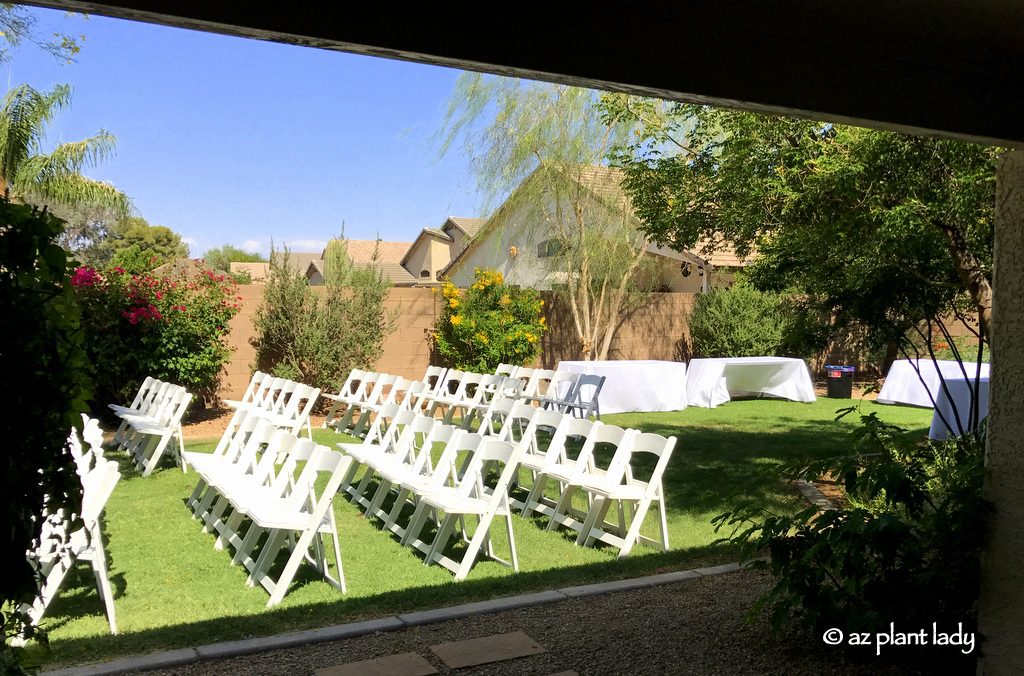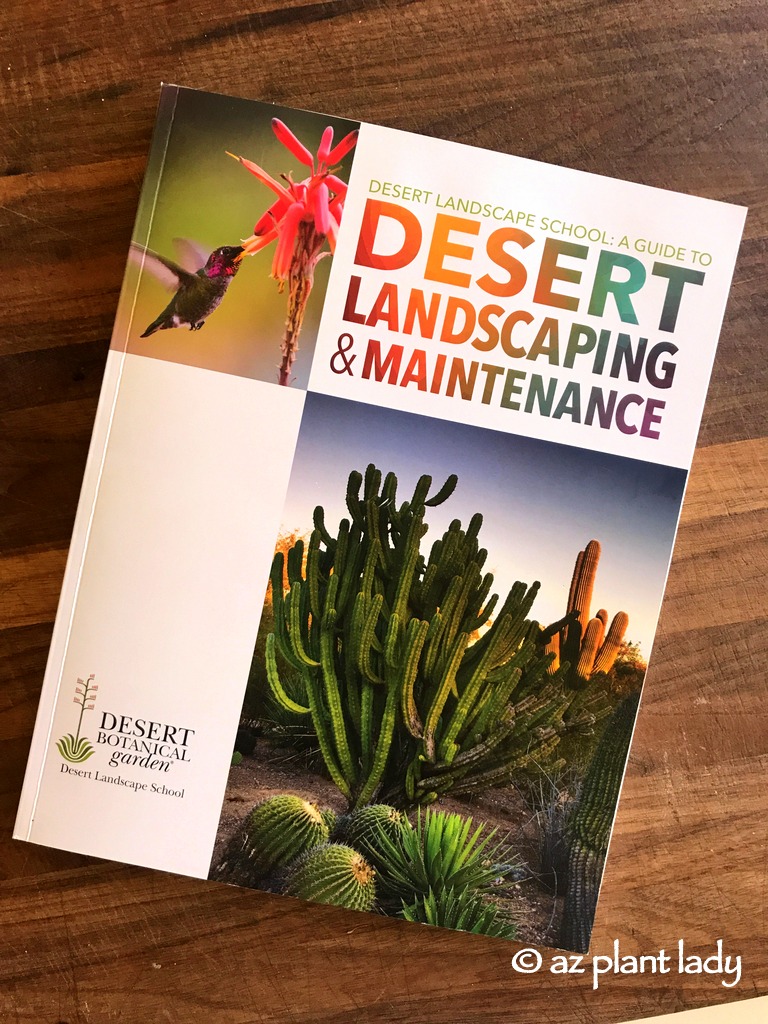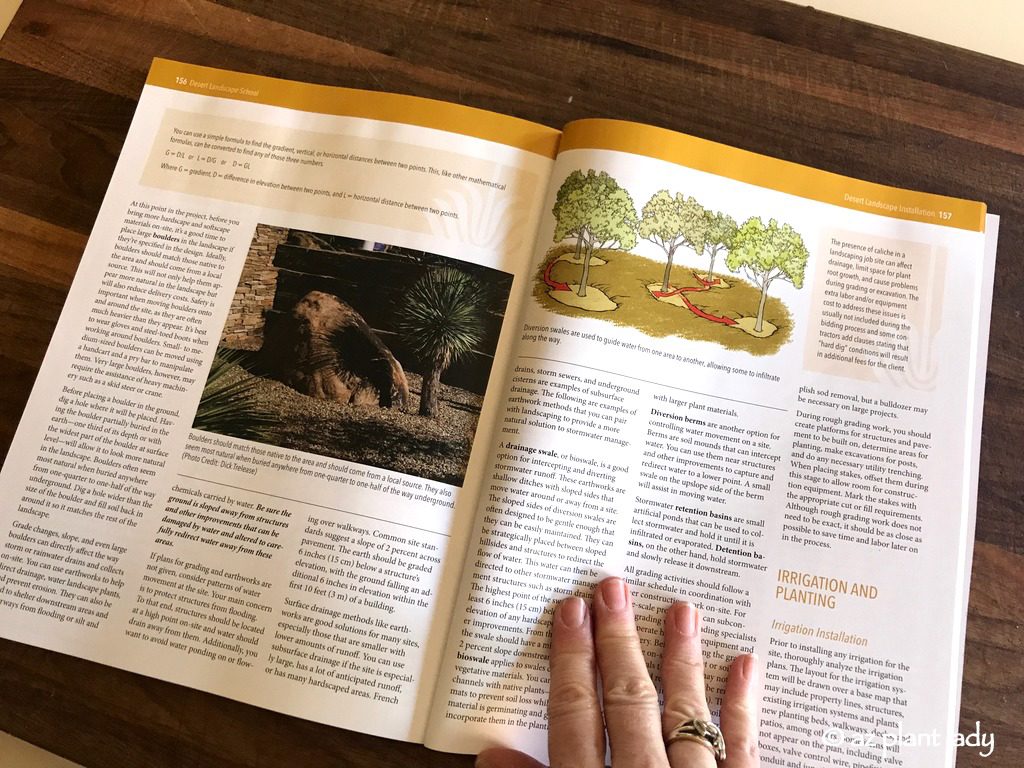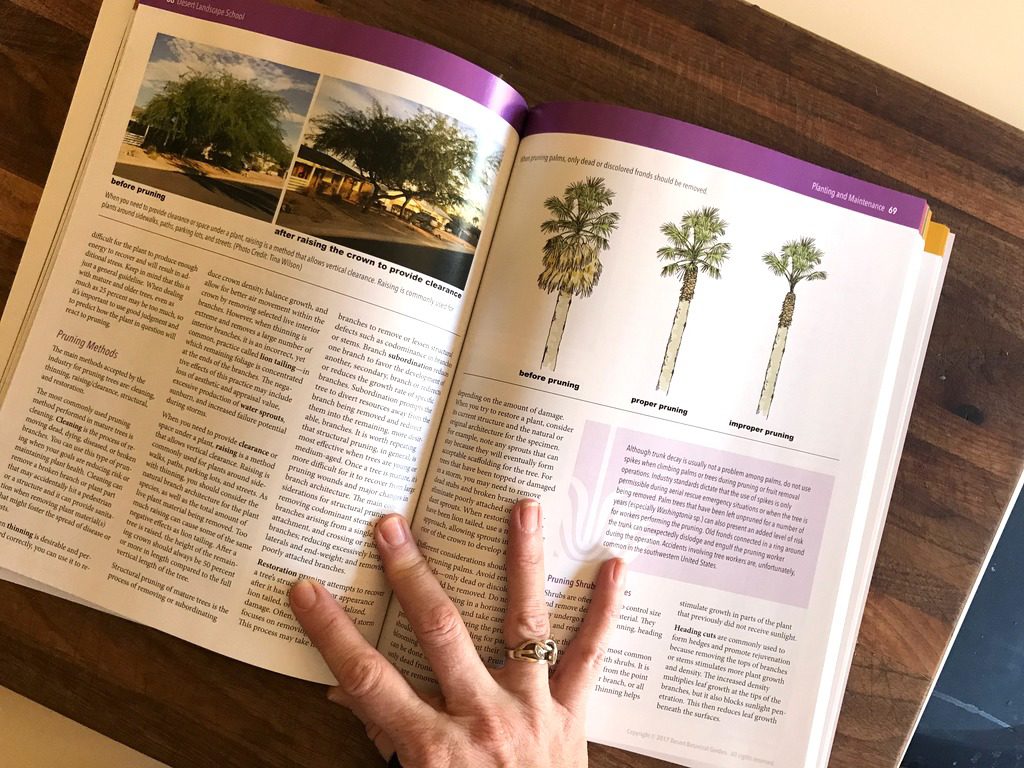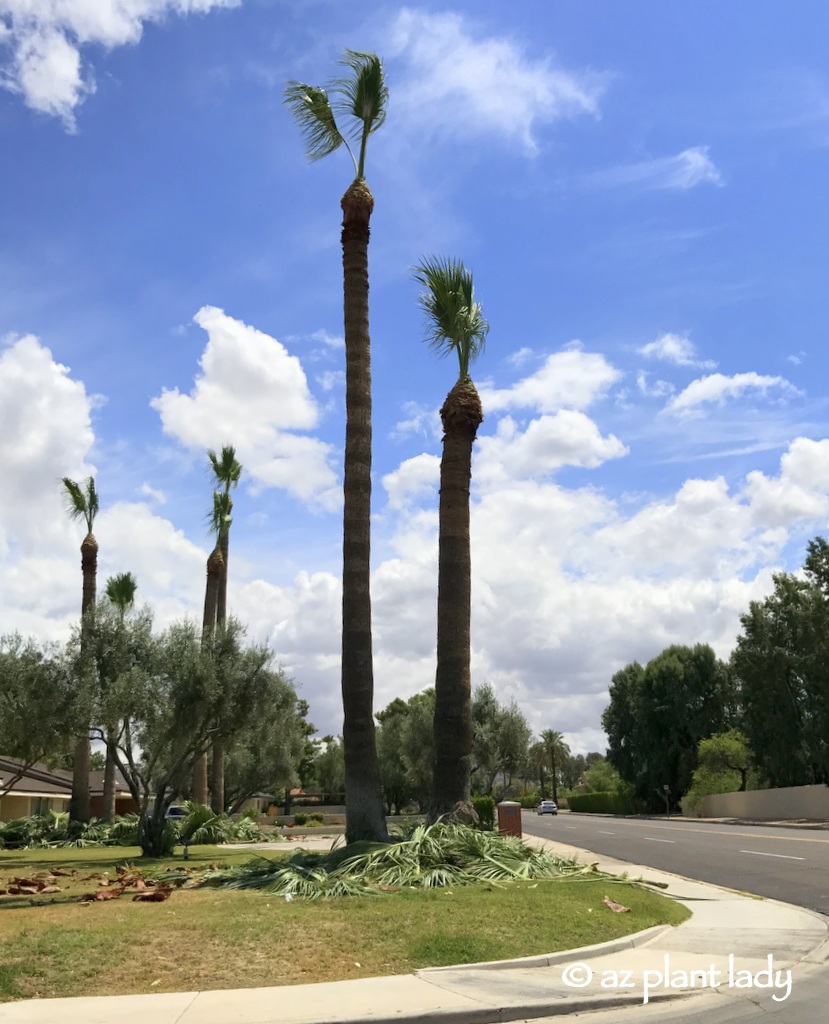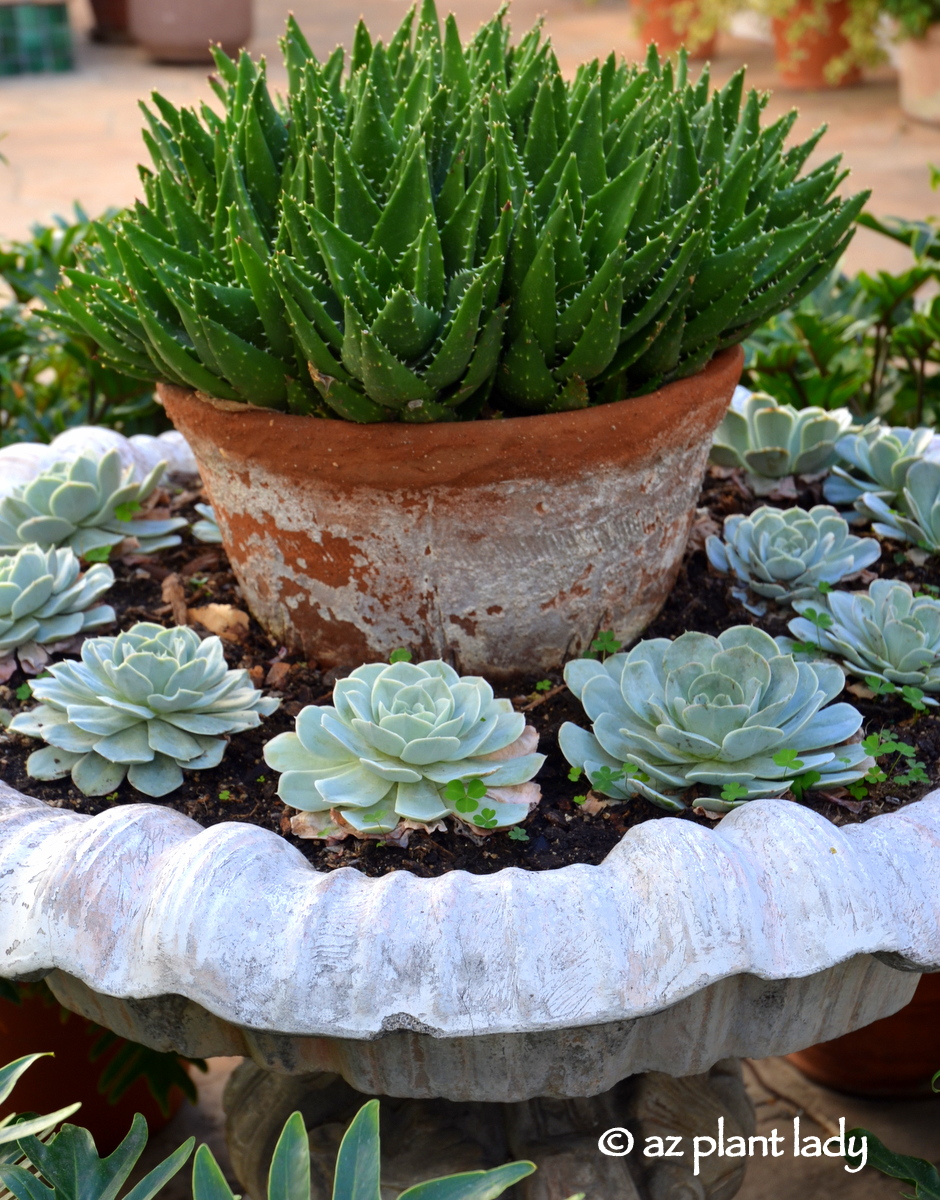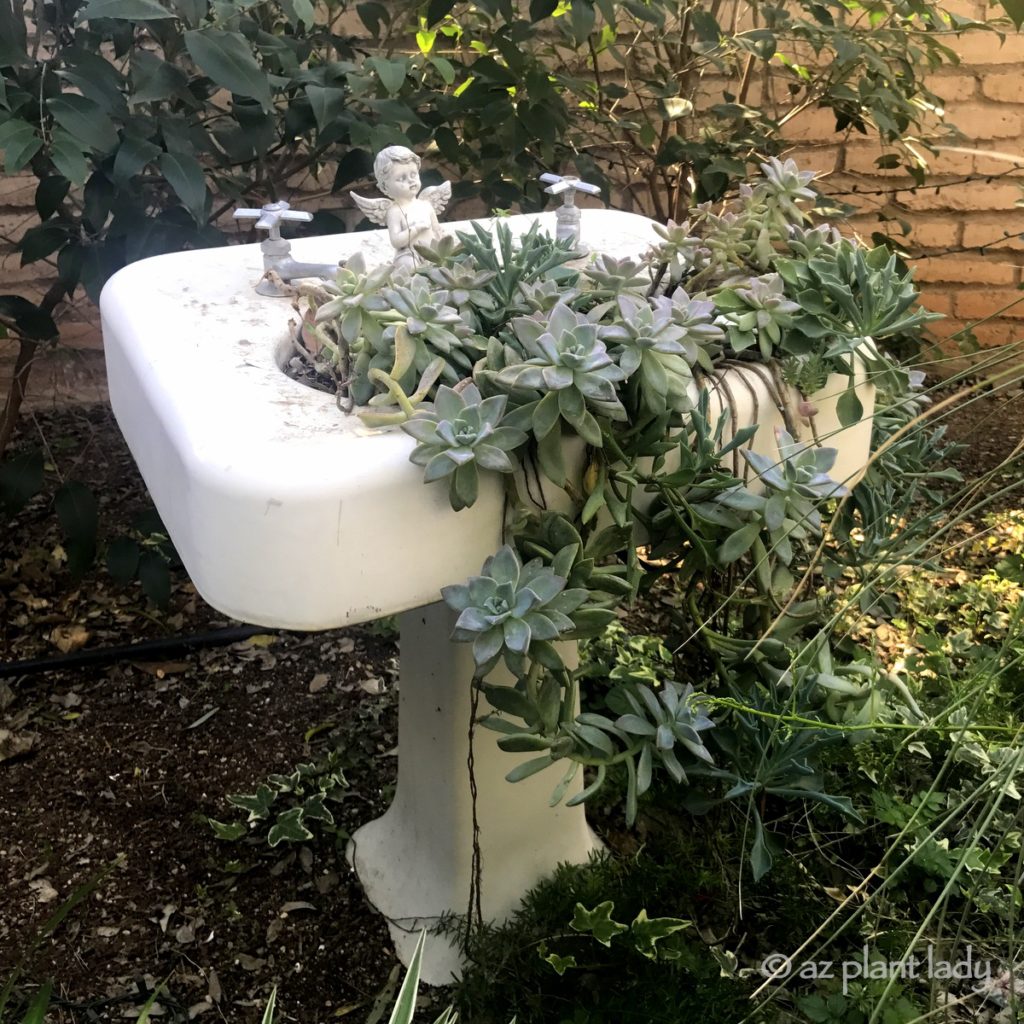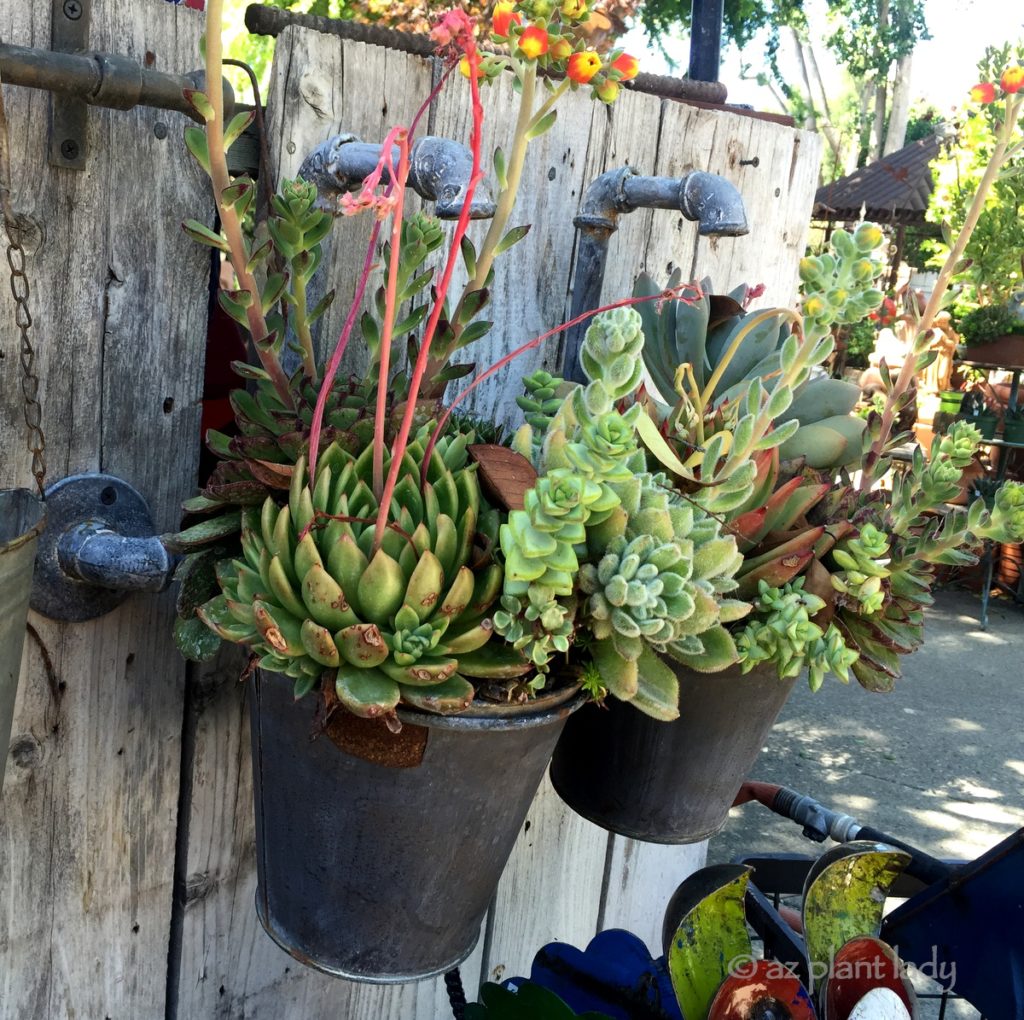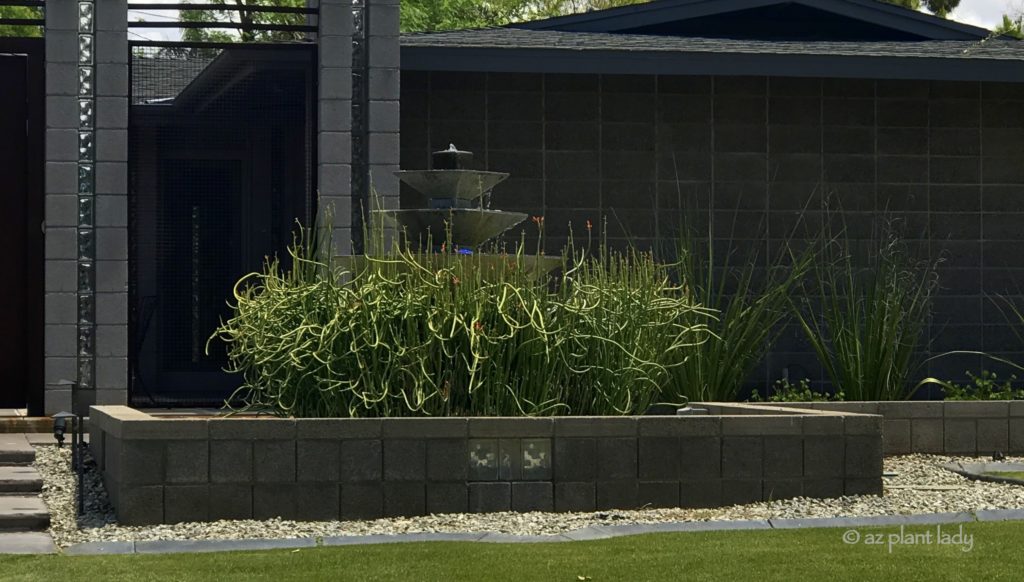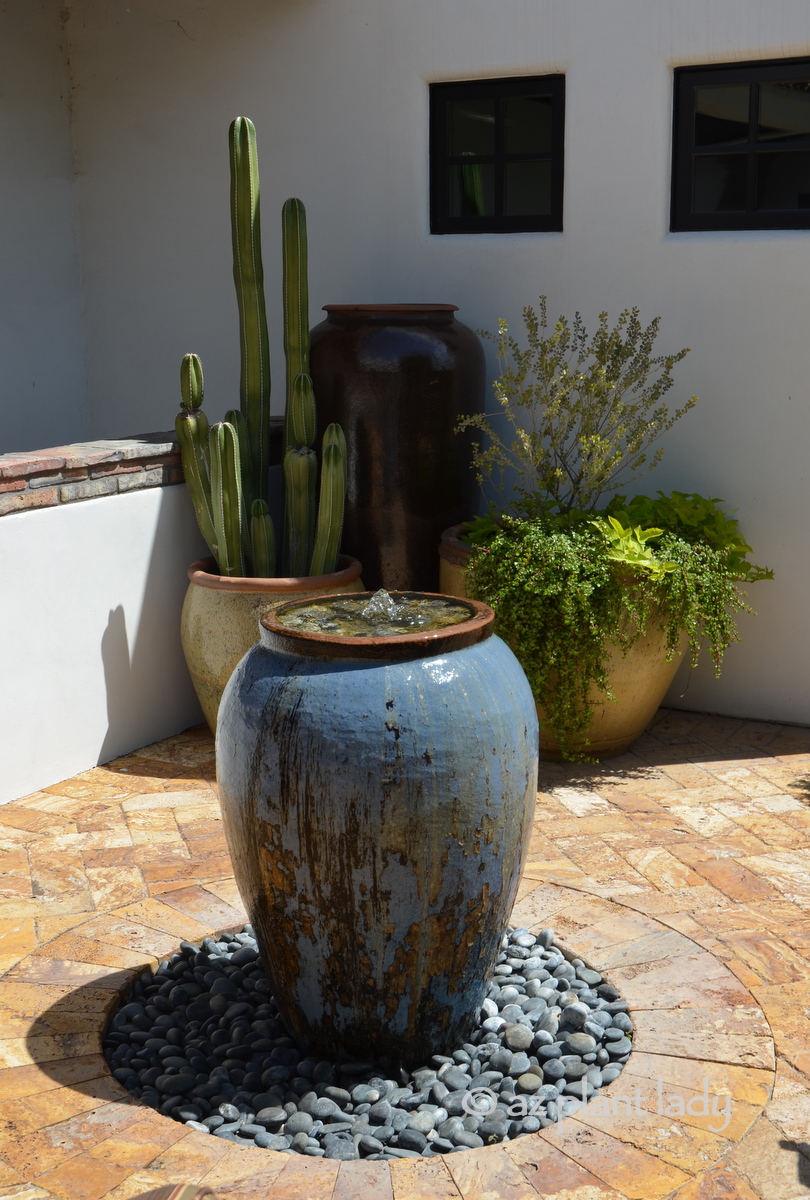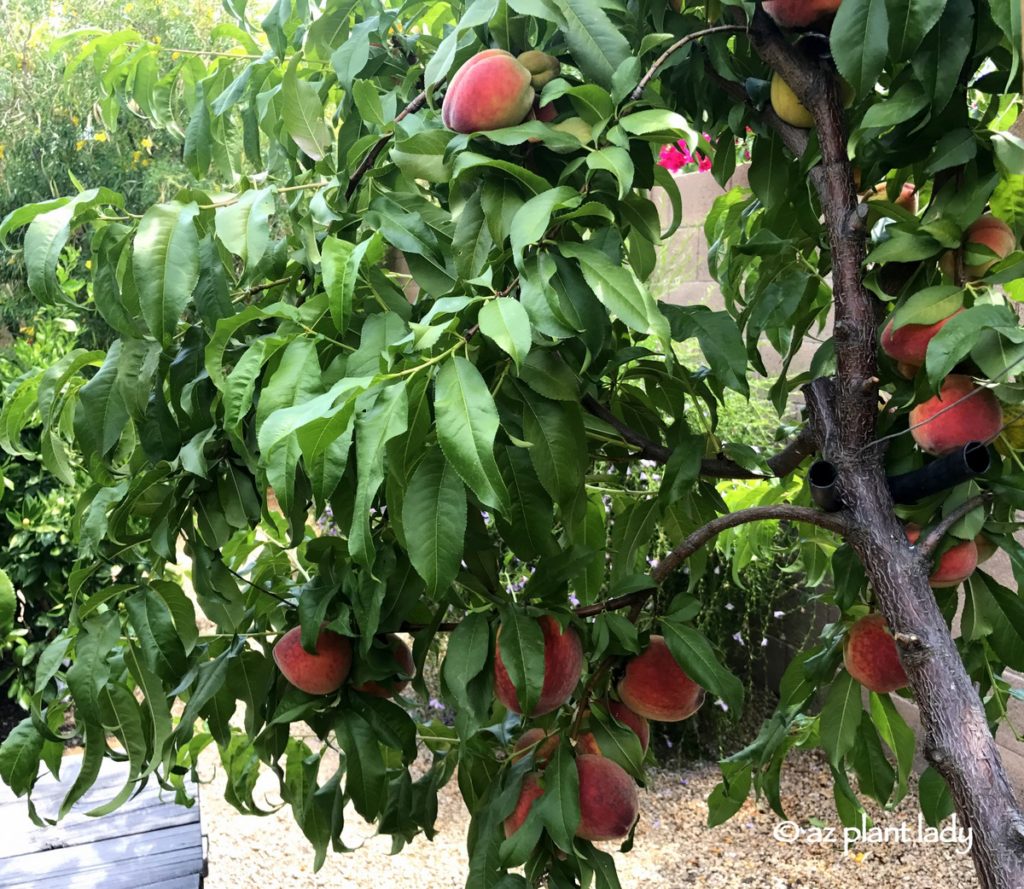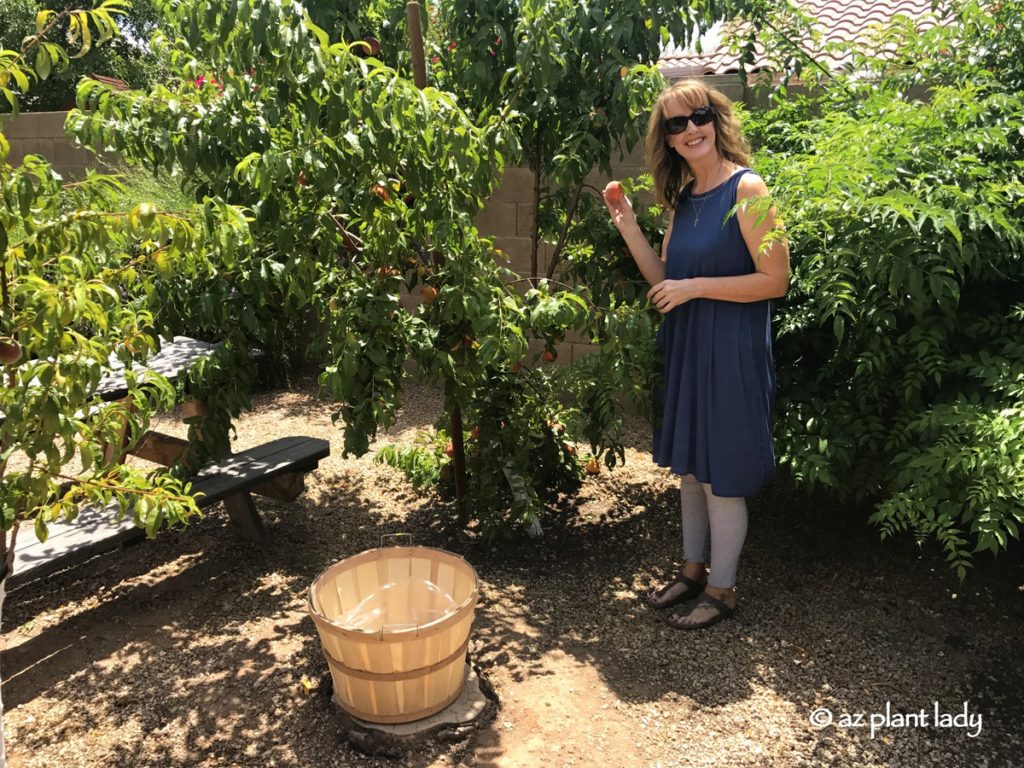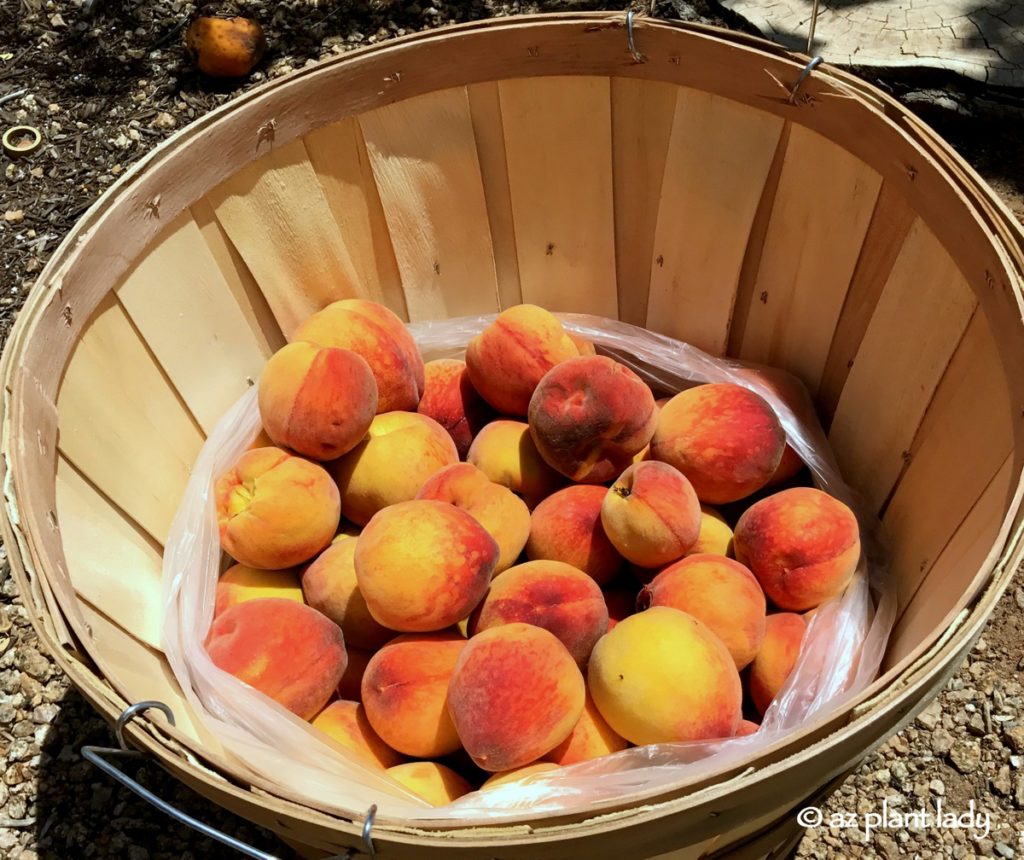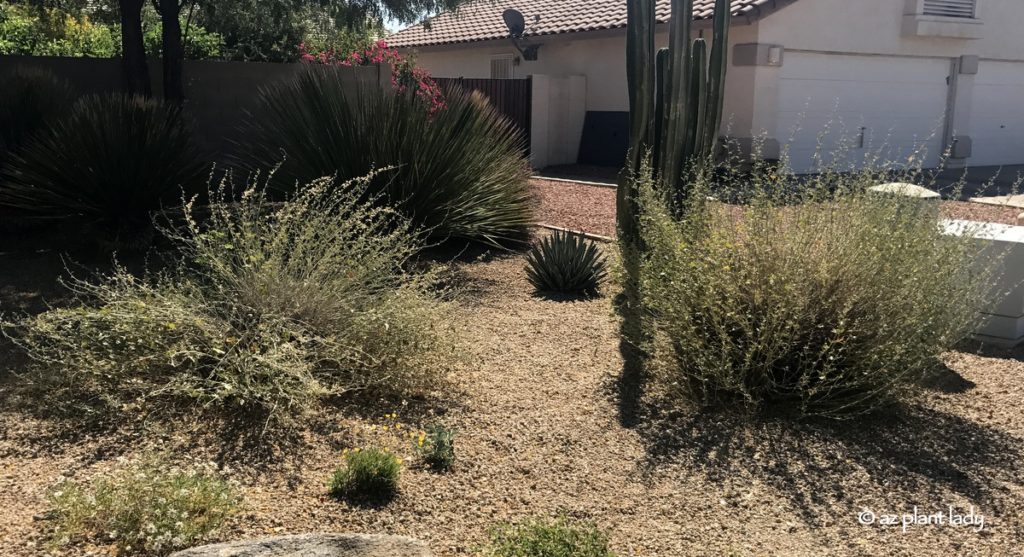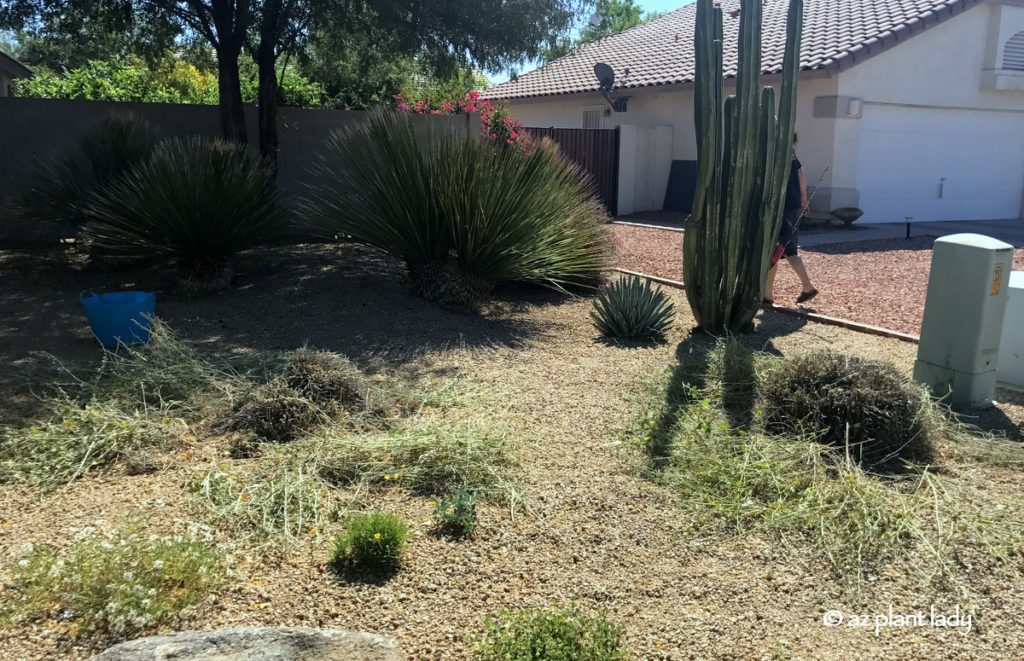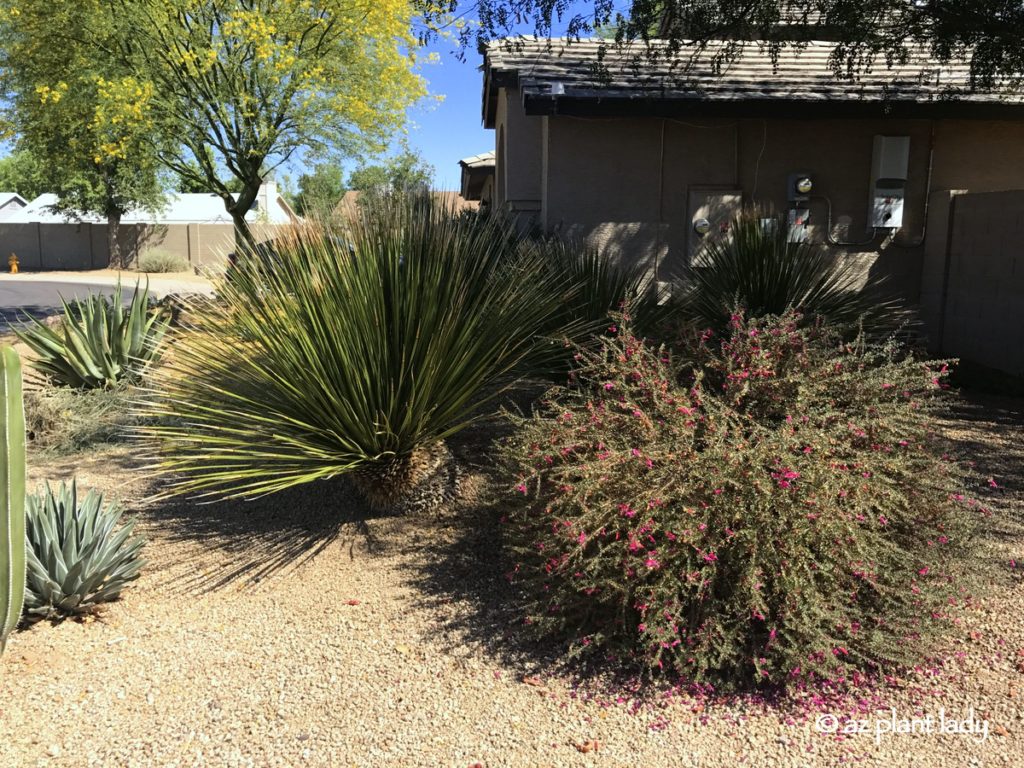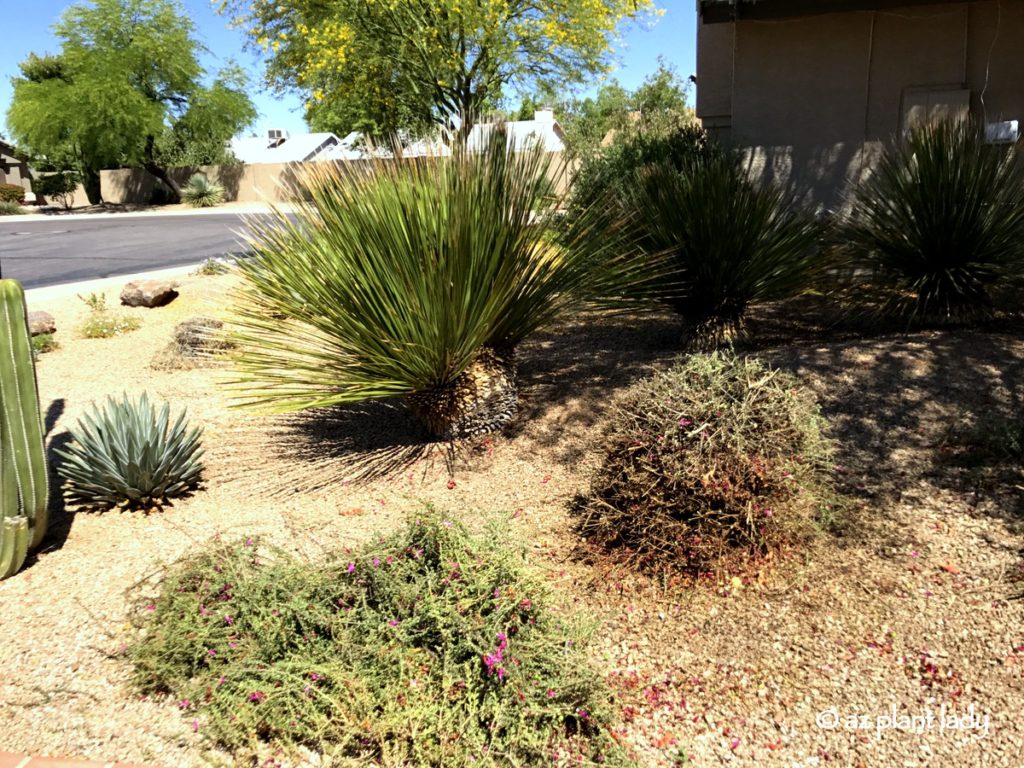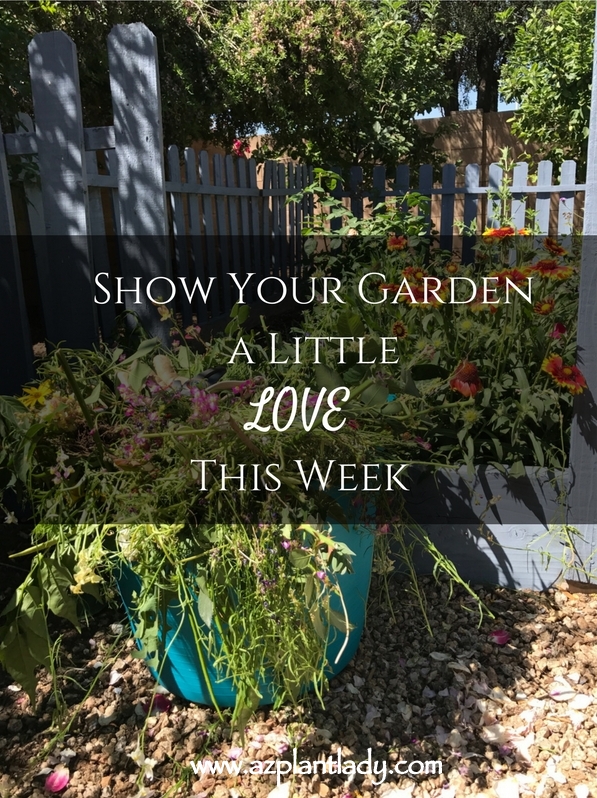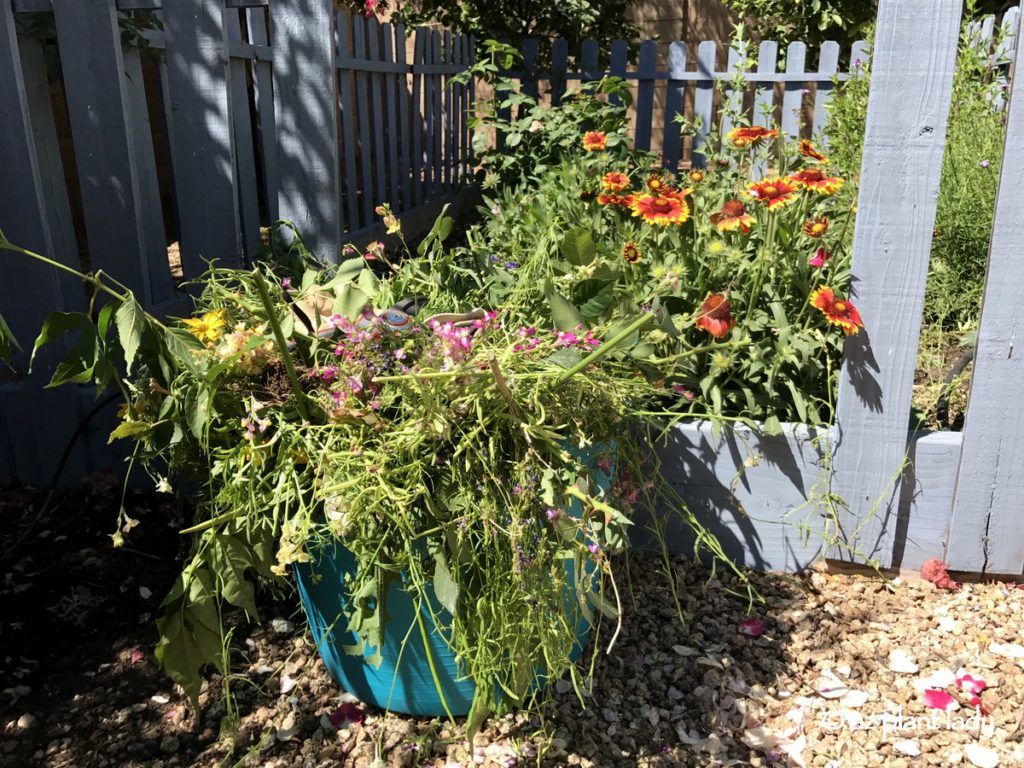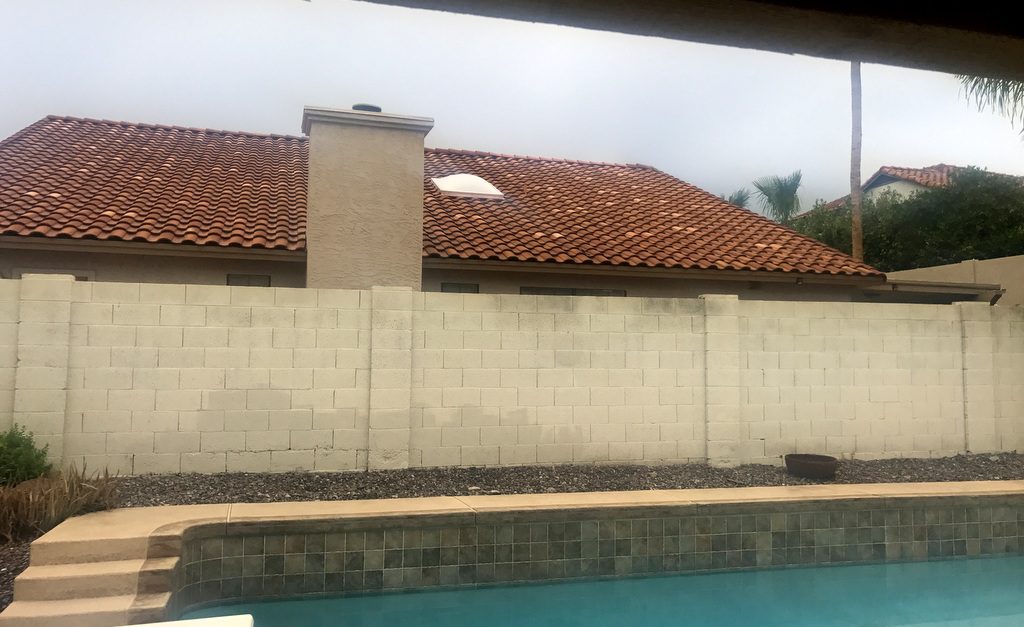
Have you ever encountered this landscaping challenge? This blank wall is rather boring, and the home behind it dominates the view. So what would you do to fix these problems?
I faced this dilemma last month at a client’s home. The pool was the main focal point of the landscape, and the dull wall wasn’t doing it any favors. In coming up with a solution, we had to select a plant that was relatively low-litter, due to the proximity to the pool and that looked attractive throughout the entire year because of the high-profile location.
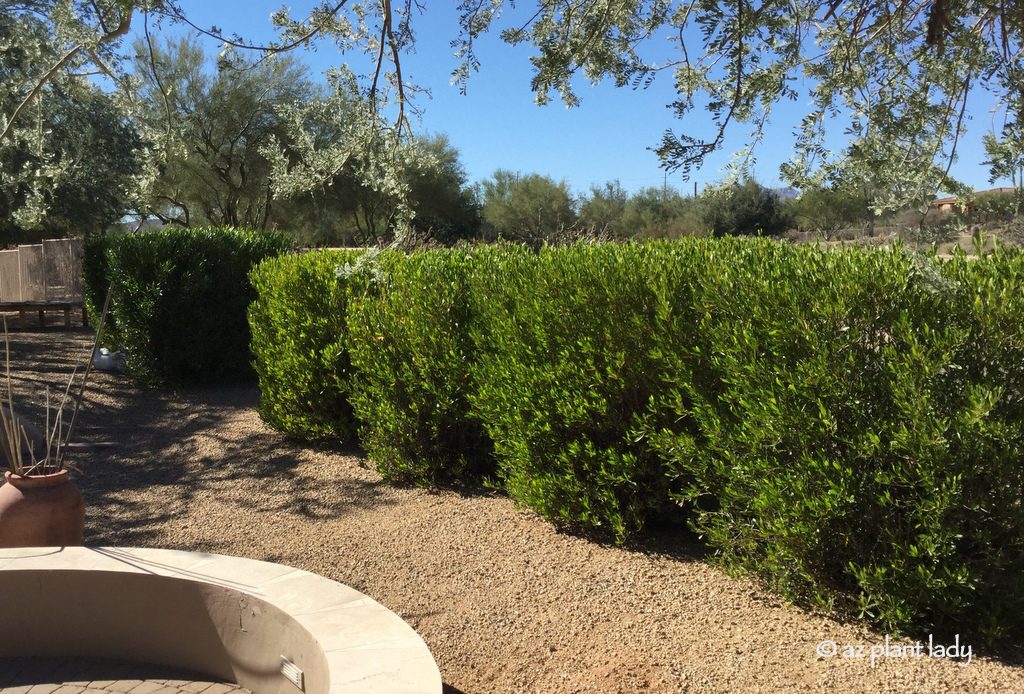
Hop Bush (Dodonaea viscosa)
I recommended adding three hop bush (Dodonaea viscosa). These are tall, evergreen shrubs that thrive in arid climates such as ours.
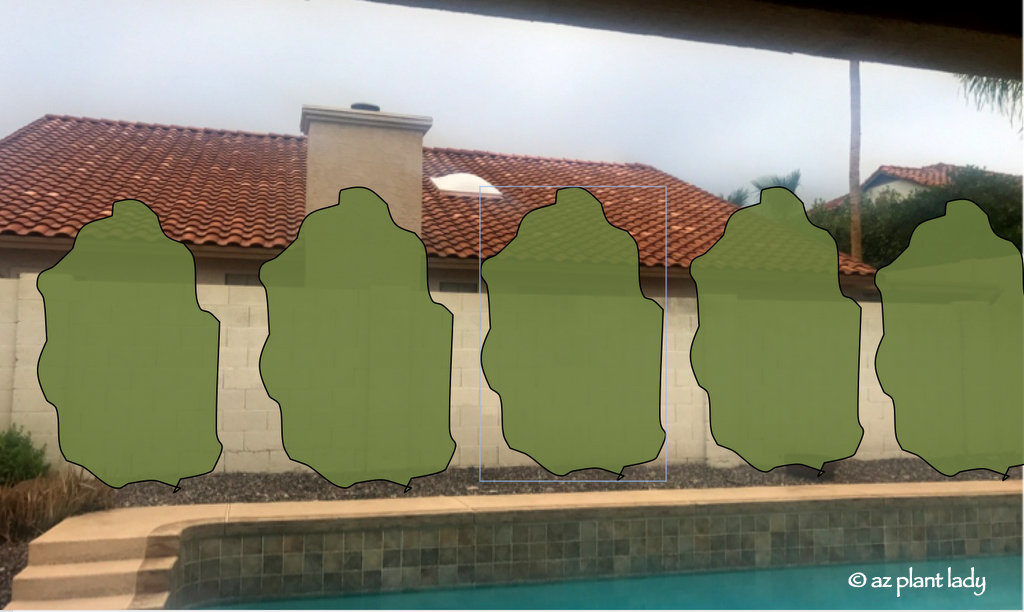
One of the many things that I love about them is their versatility. They thrive in full sun and light shade, and can be allowed to grow up to 12 feet tall, or maintained at a lower height.
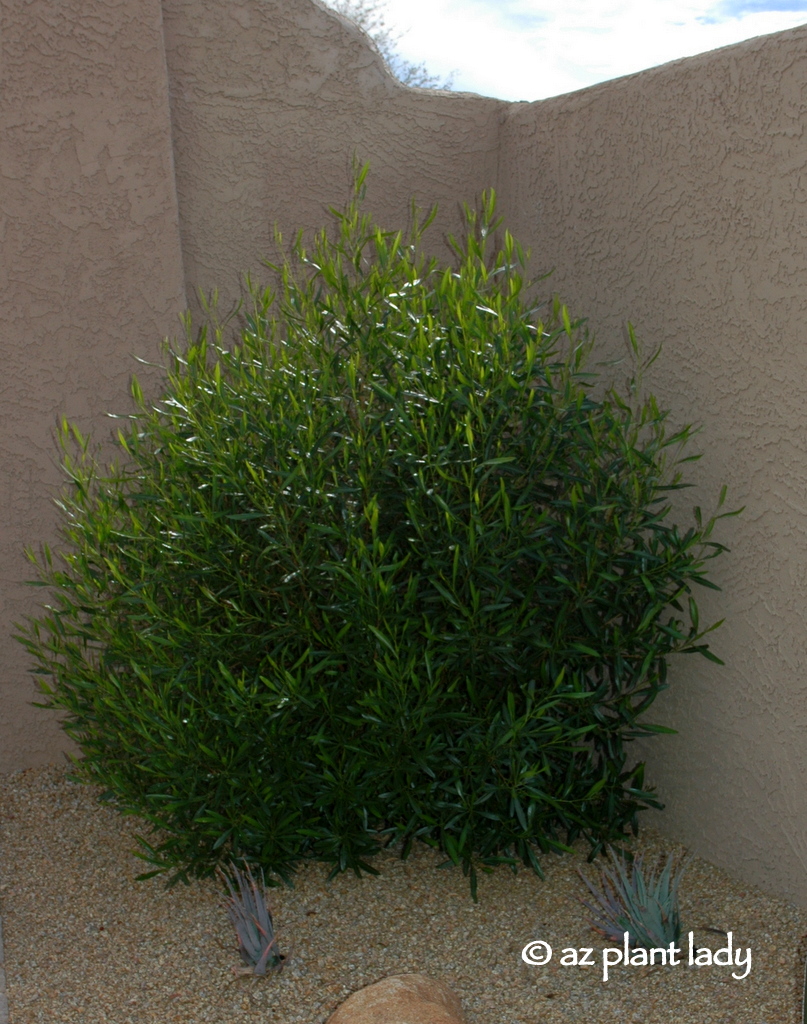
Hop bush can be allowed to grow to their natural shape…
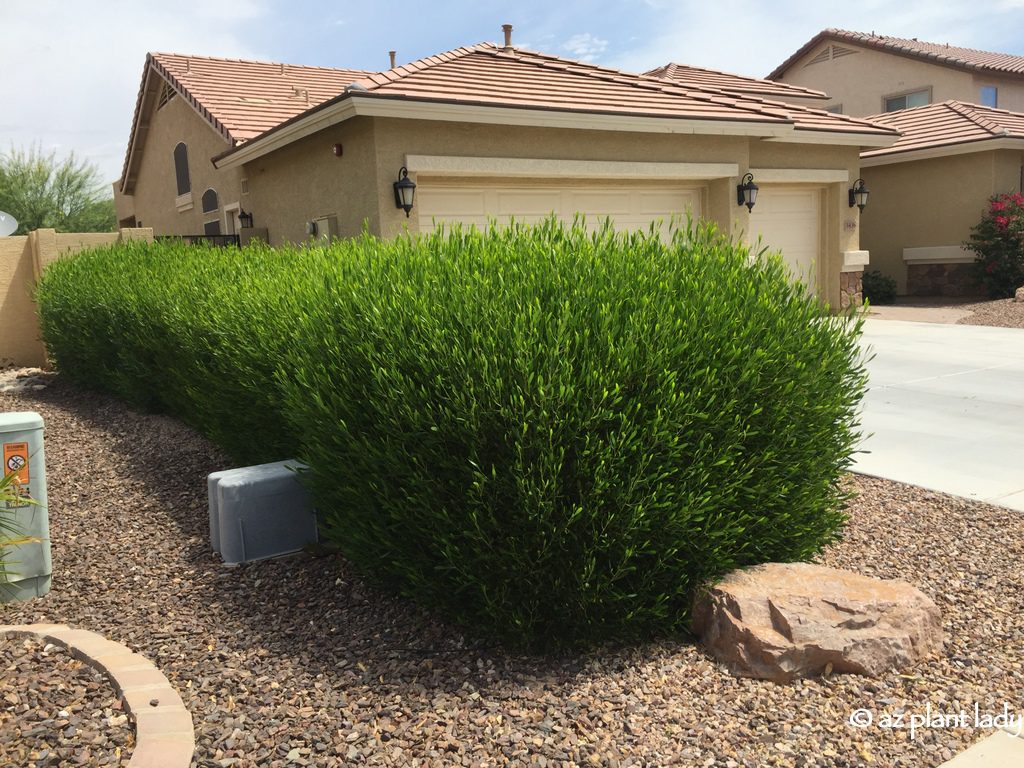
…or pruned more formally.
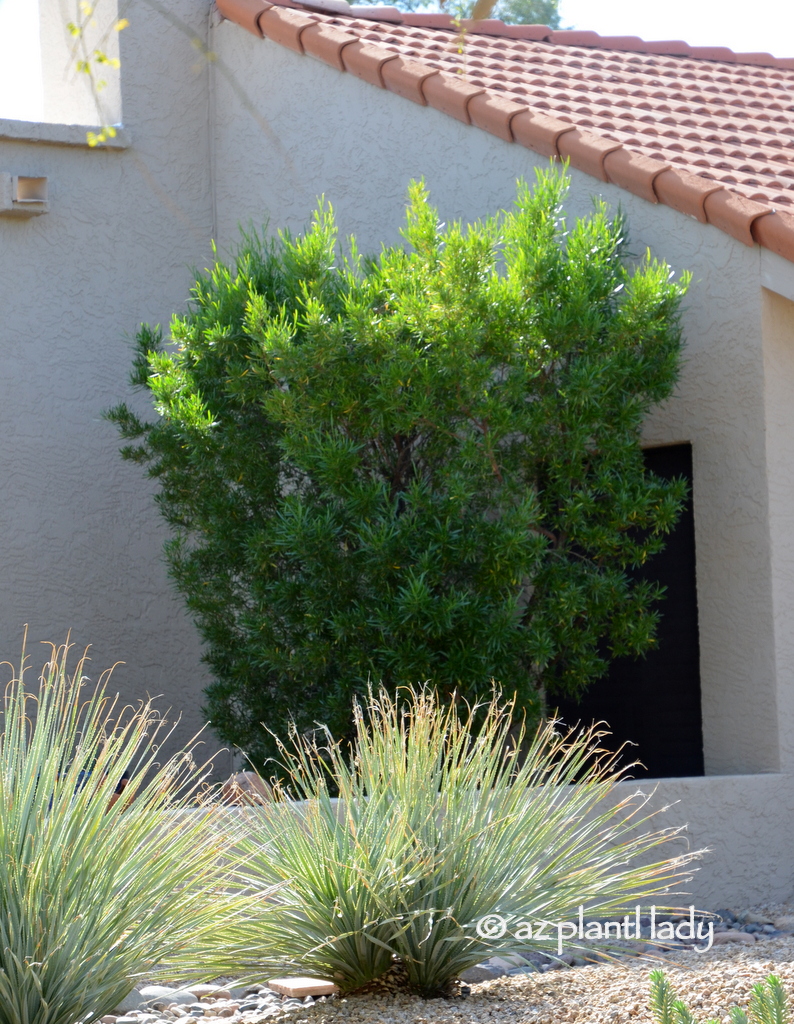
For the area behind the pool, I recommend having it grow to its full height, which will help provide privacy while the attractive foliage will add a welcome screen of green throughout the year.
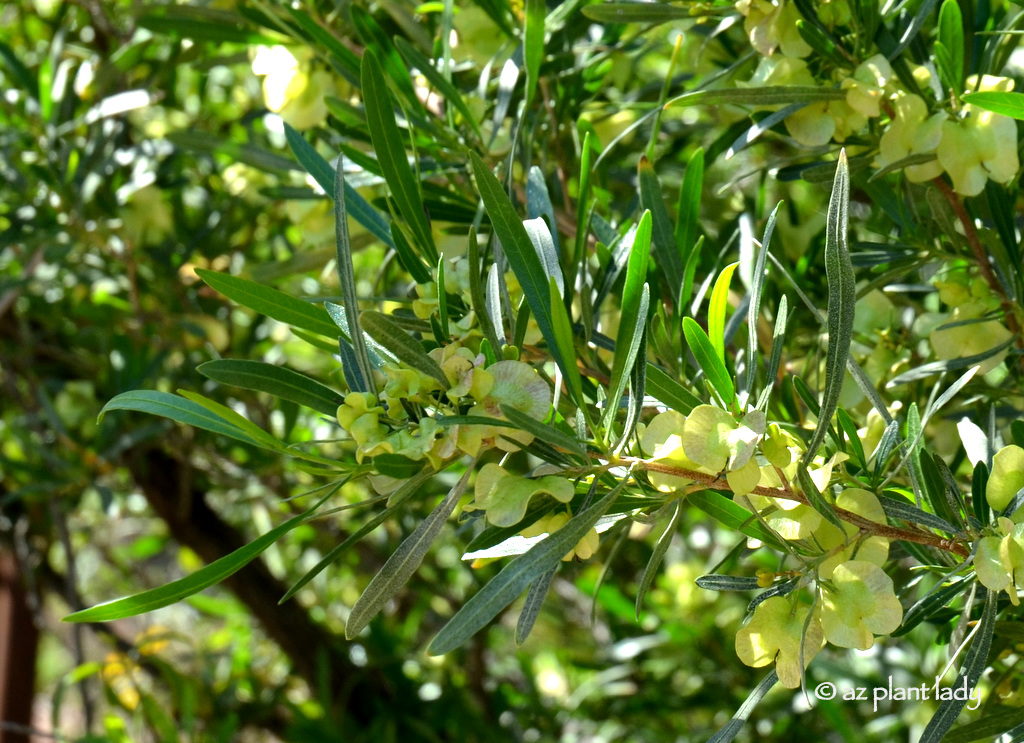
evergreen shrubs Hop bush flowers
Hop bush does produce light green, papery flowers in spring, but they aren’t particularly showy. So, we need to add a color element to the area behind the pool.
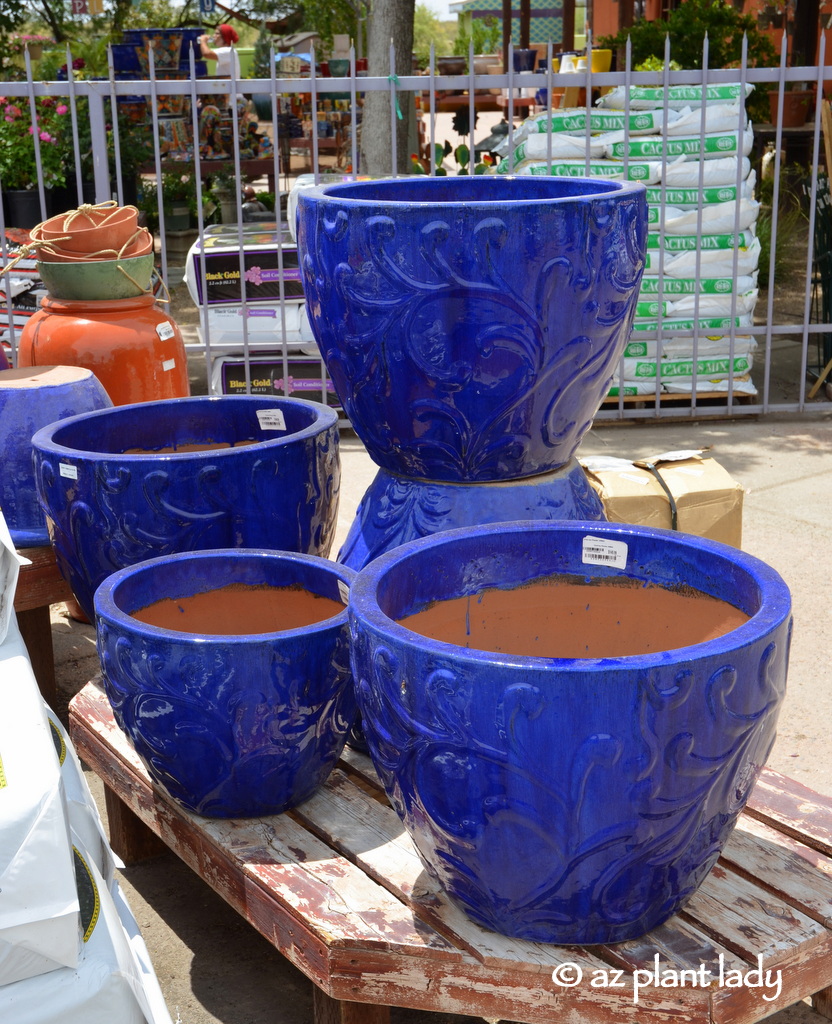
One of my favorite ways to add color to any landscape is to incorporate brightly colored containers in shade of blue, purple, or orange. That way, whether plants are in bloom or not, there is always a bright splash of color.
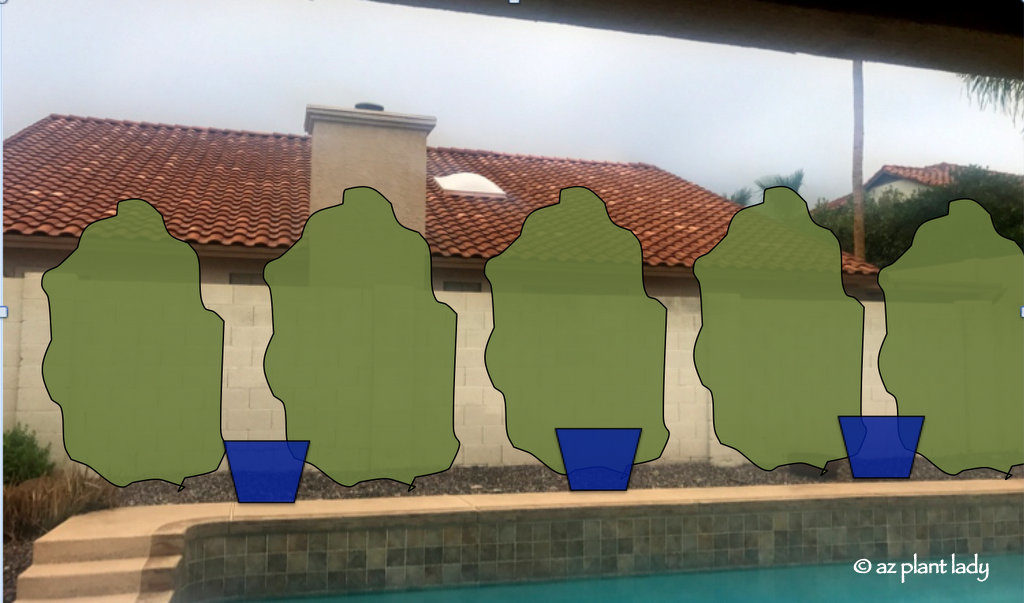
For this area, I recommended adding 3 blue pots, equally spaced.
Now it was time to decide what to plant in each pot. The client wanted a low-maintenance choice that wouldn’t require a lot of water.
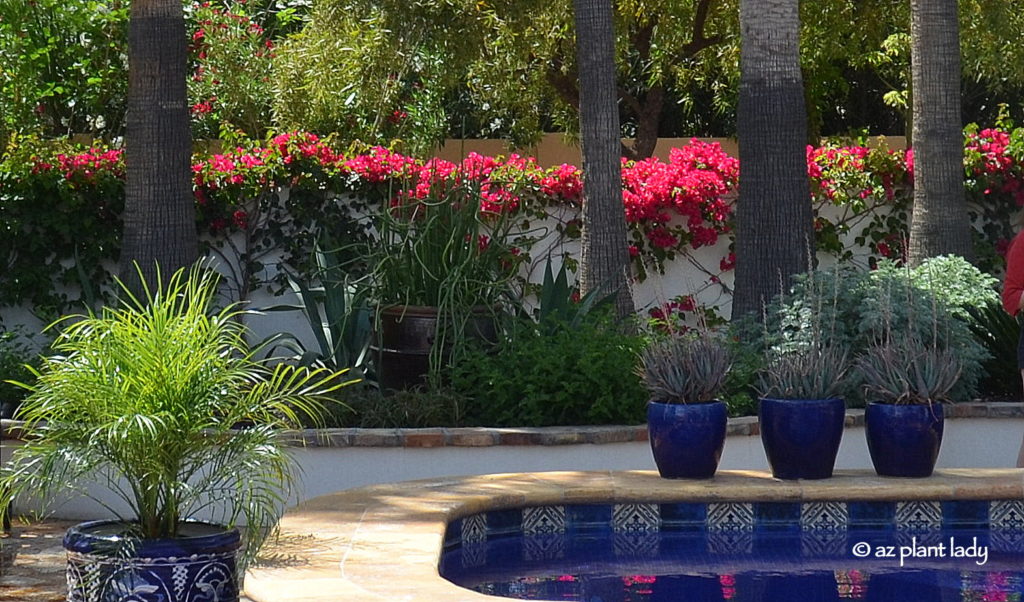
Immediately, I remembered touring a landscape that had blue containers filled with ‘Blue Elf’ aloe. Even though the aloe had finished blooming for the year, their spiky blue-gray foliage added nice color contrast.
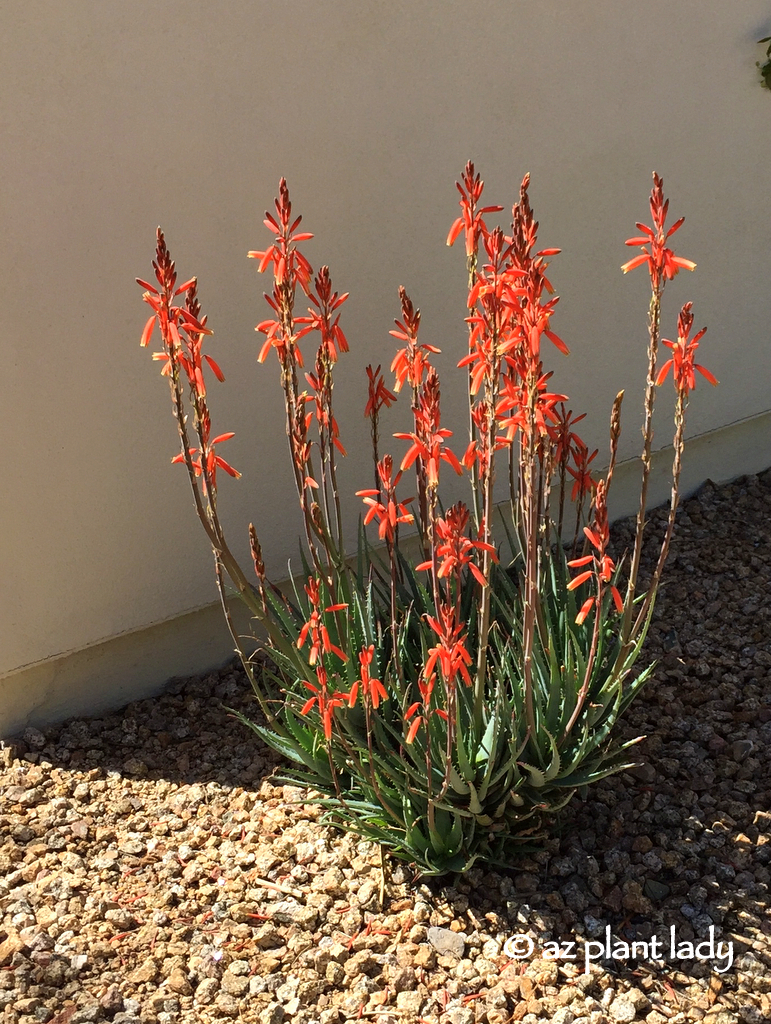
This small aloe is one of my favorite succulents for several reasons. First, it begins to bloom in late winter, lasting into spring adding welcome color to cool-season landscapes. Hummingbirds can’t resist the flowers either.
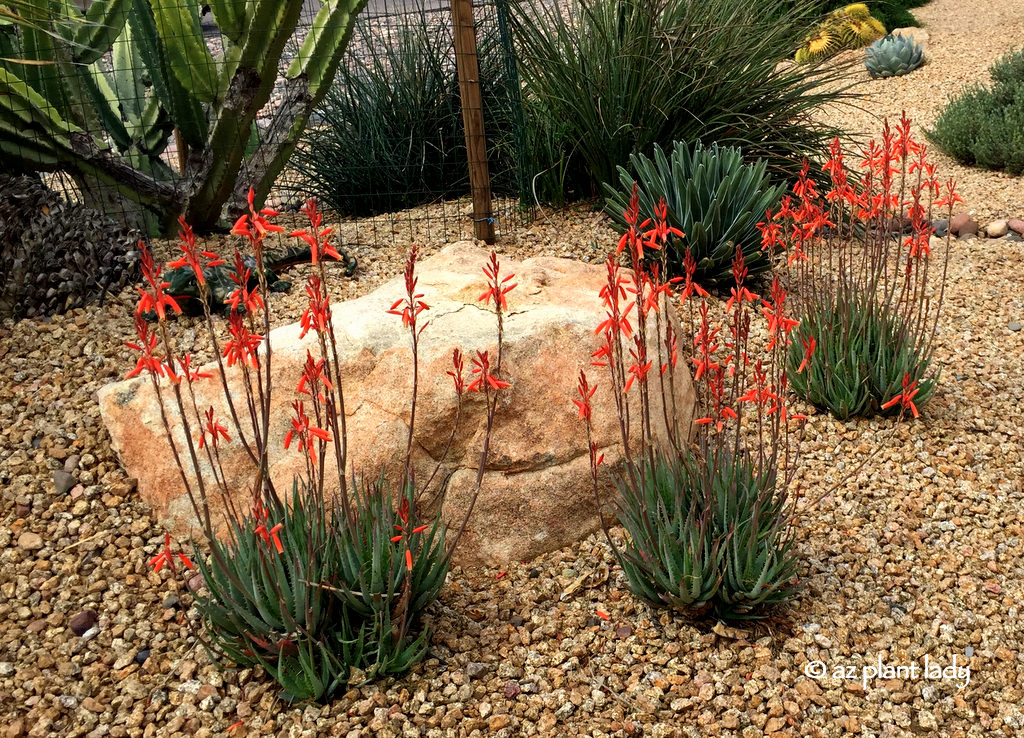
This aloe is best showcased when grouped together and thrives in full sun, unlike most aloe which prefer filtered shade. Finally, it is hardy to 15 degrees F. so cold winters seldom bother it.
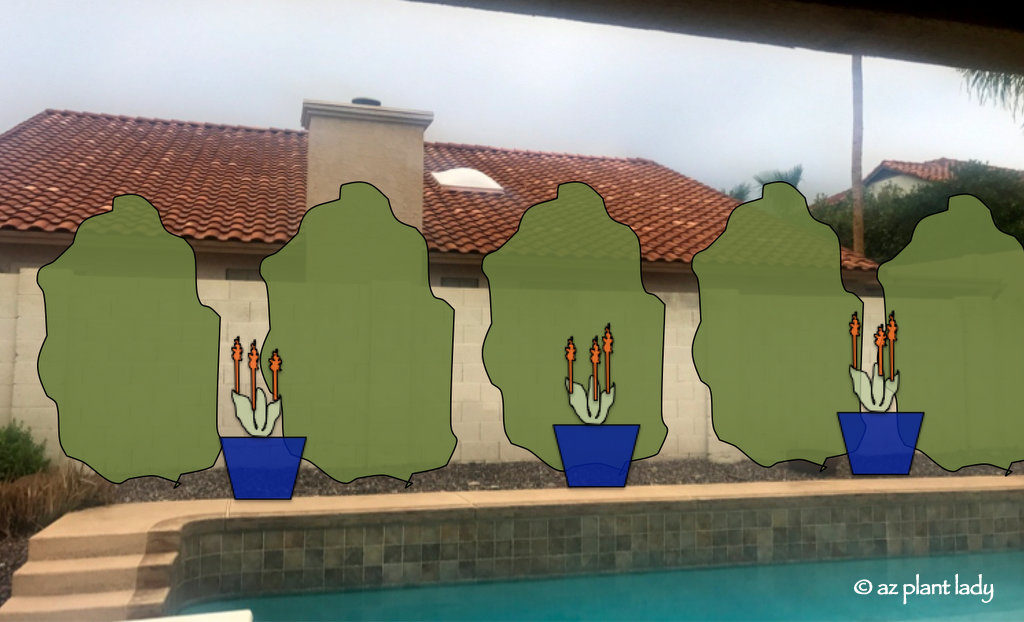
And so, here is the planting that I suggested to my client that will provide year round beauty and privacy.
*Do you have a favorite plant or group of plants that you like to use against bare walls?
Visit to a Client’s Desert Garden


